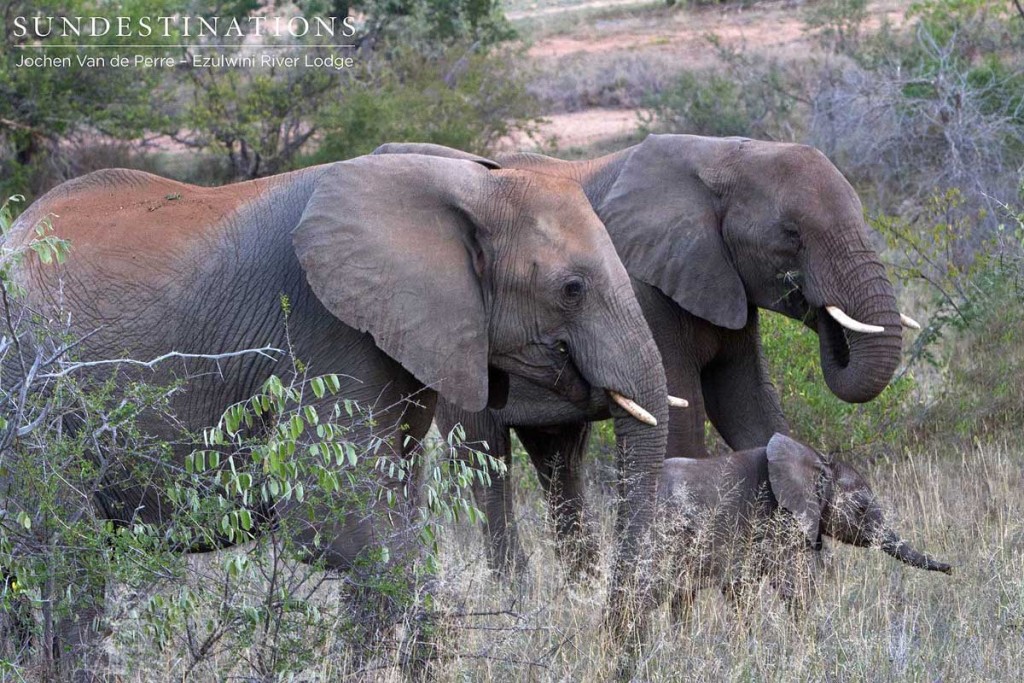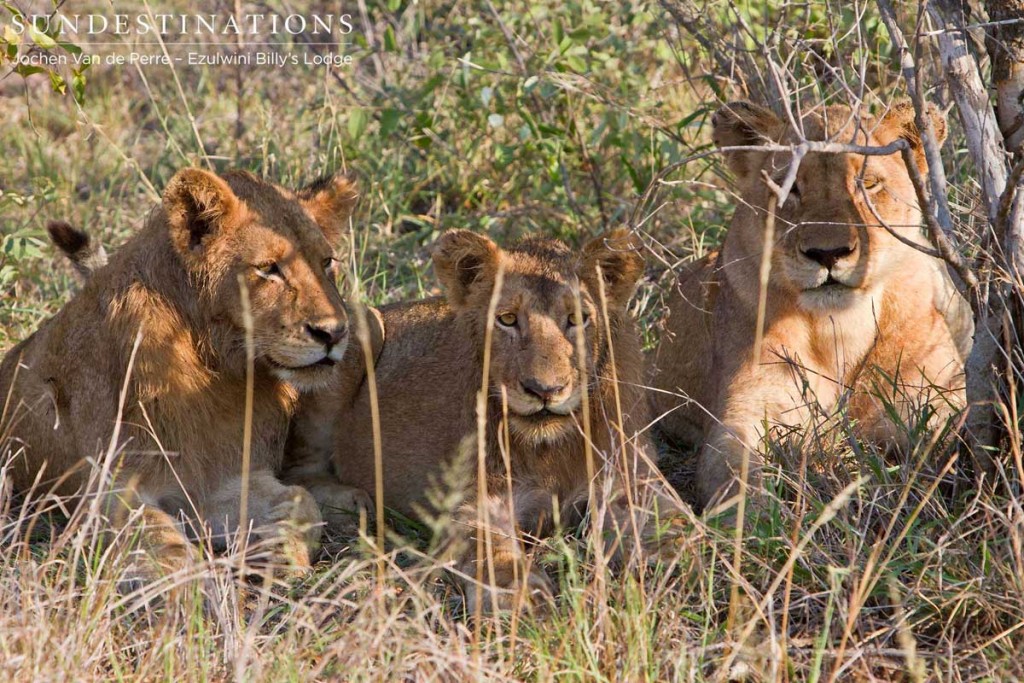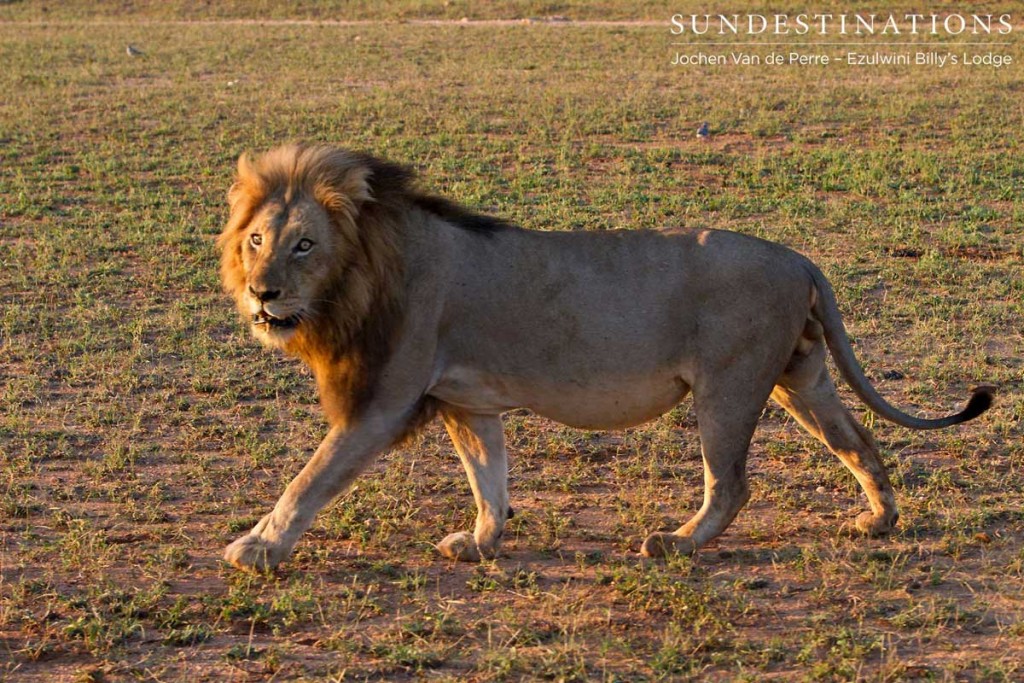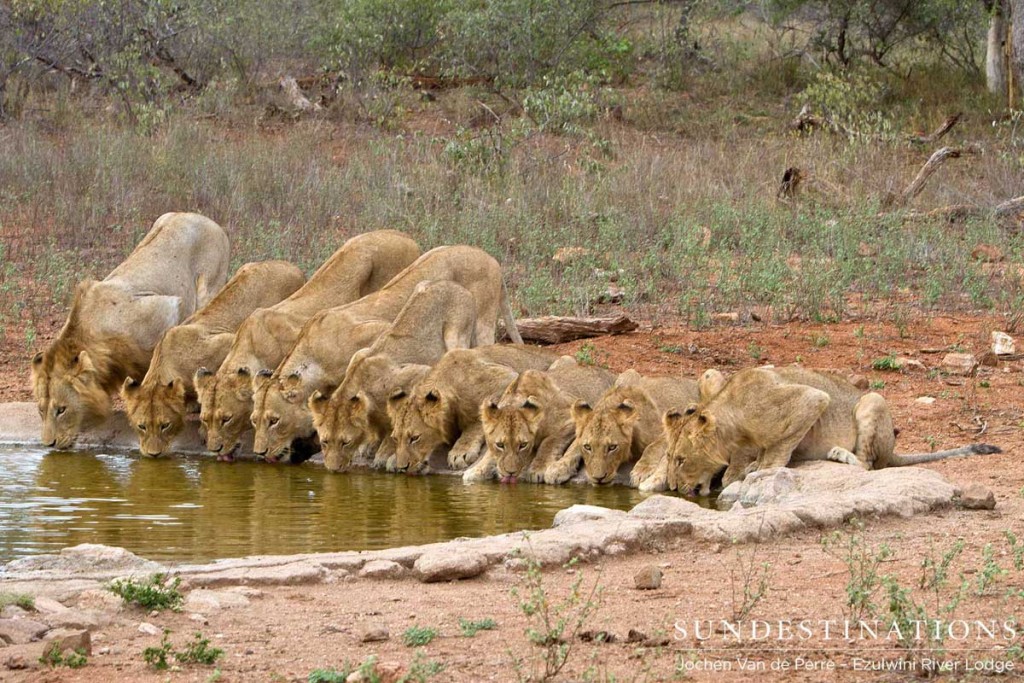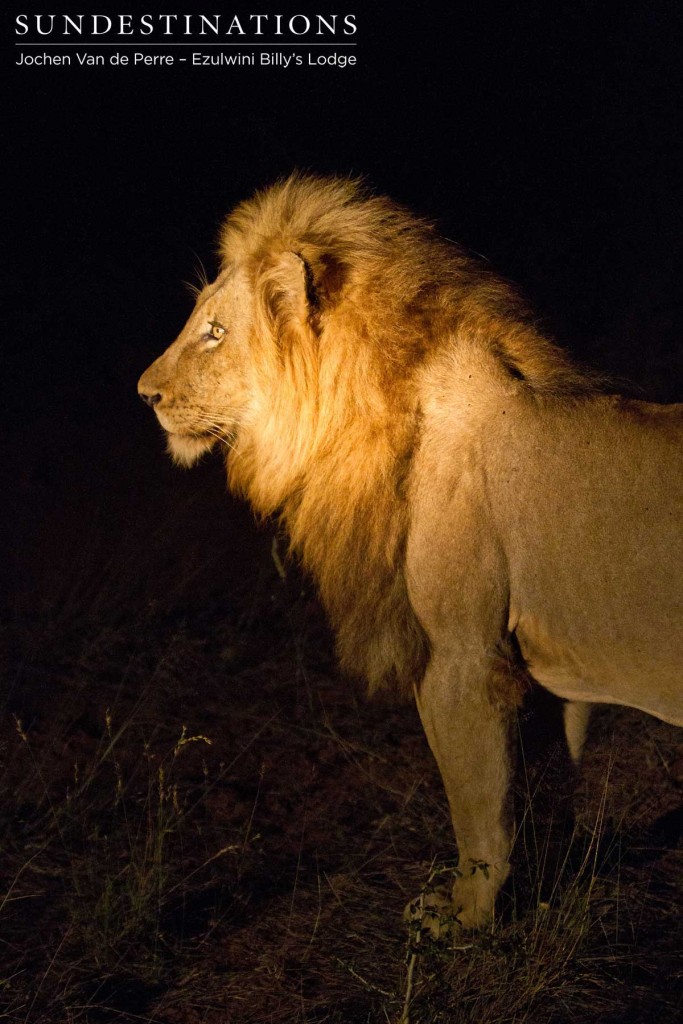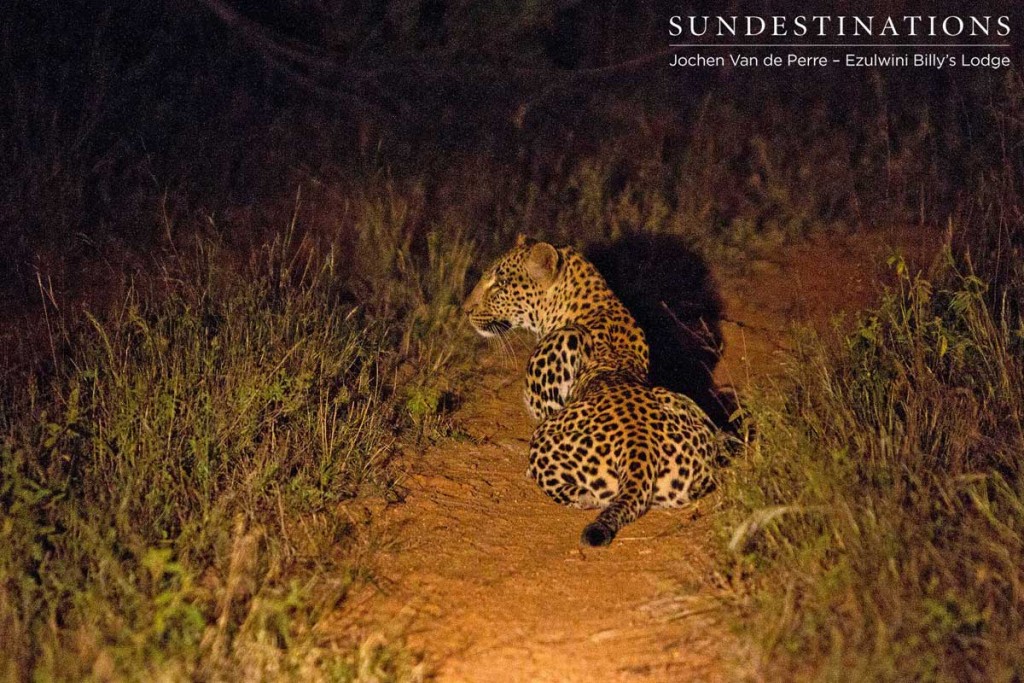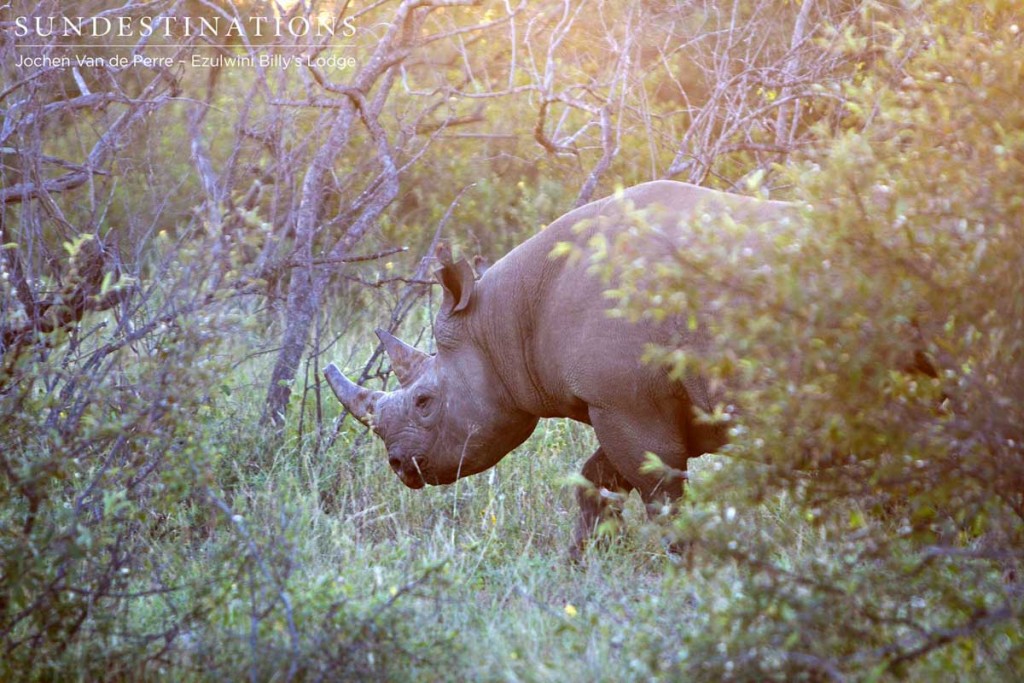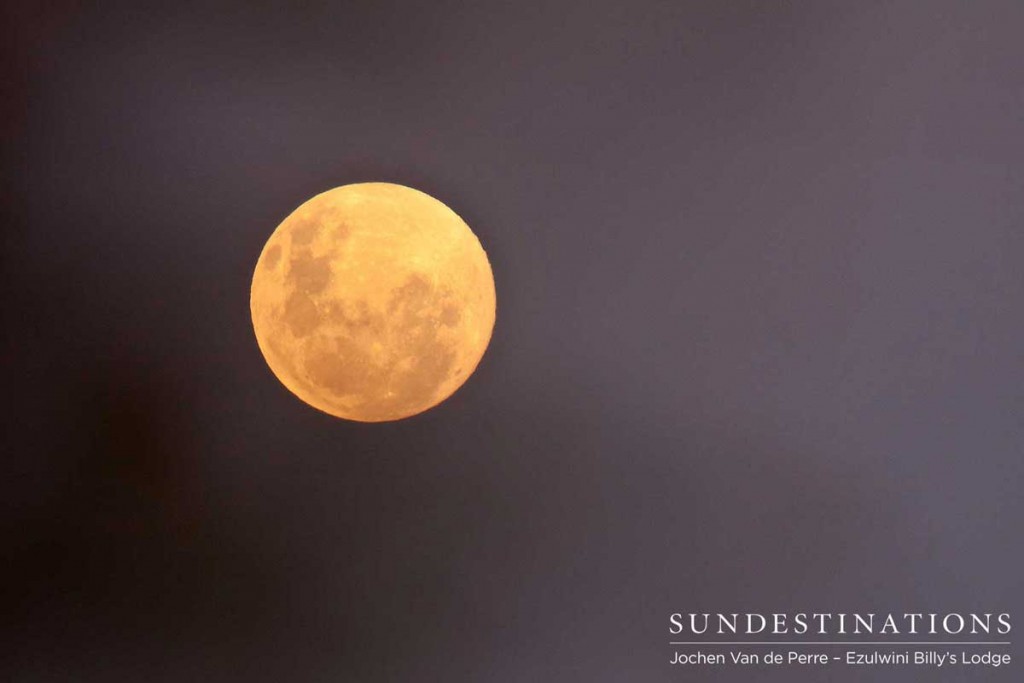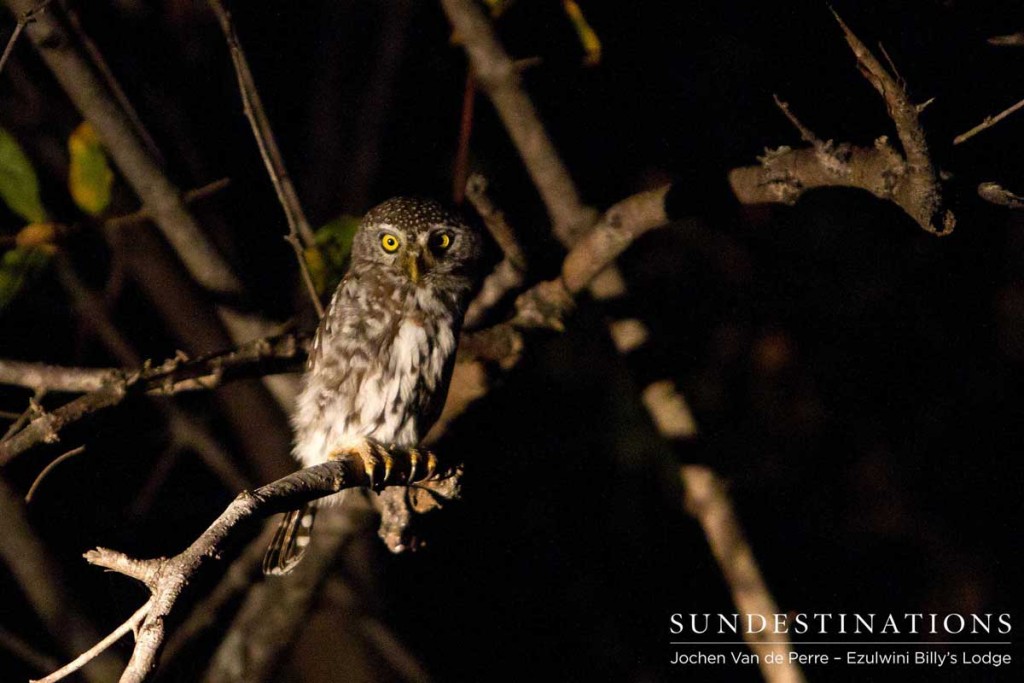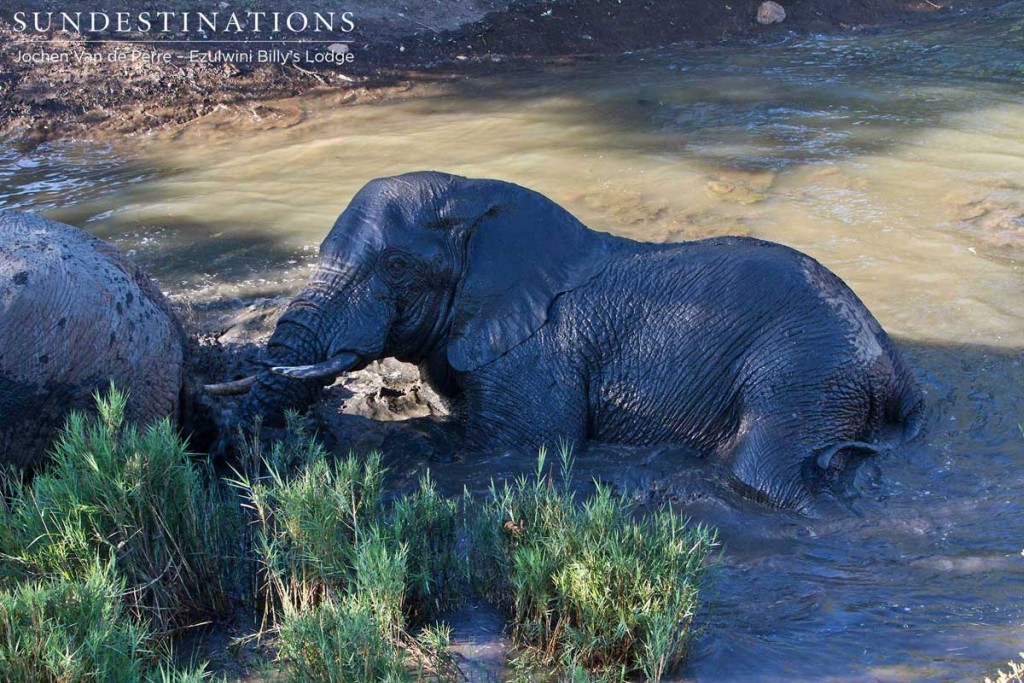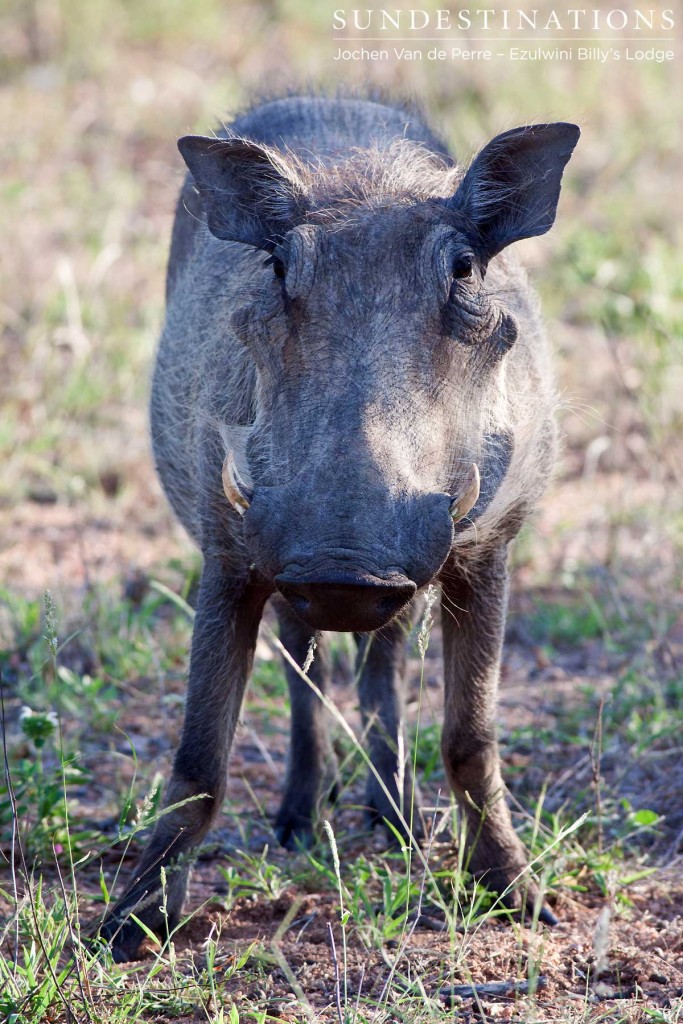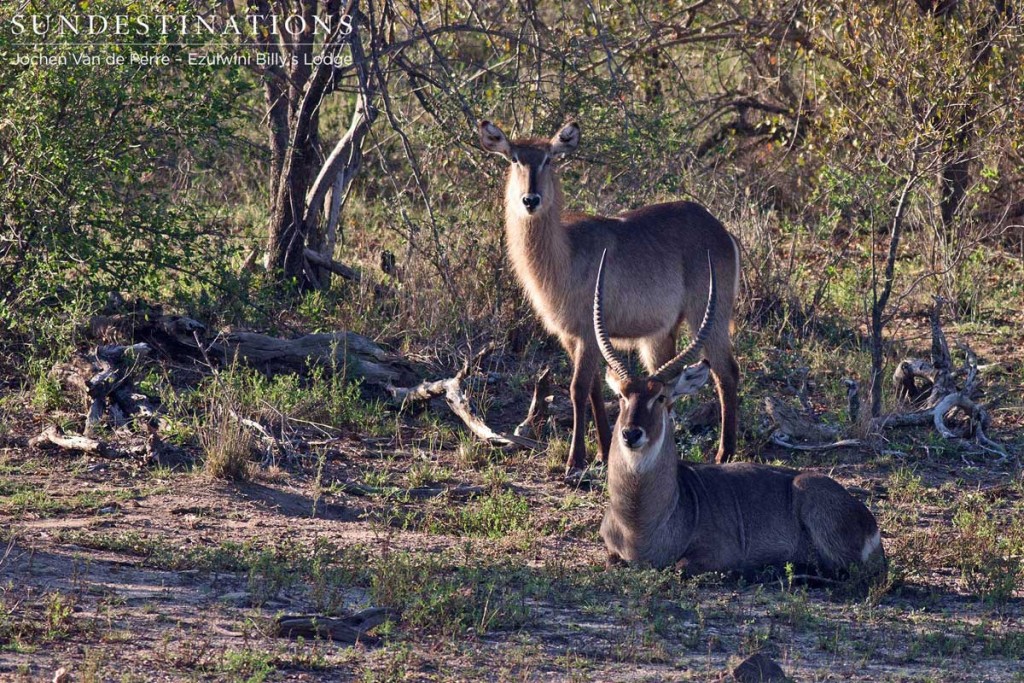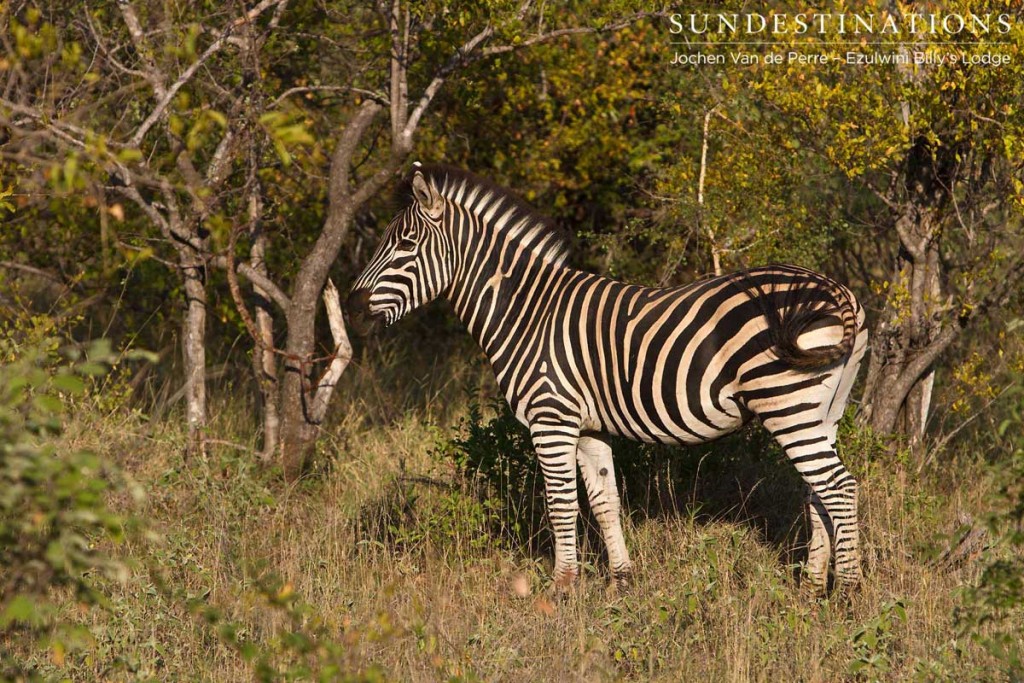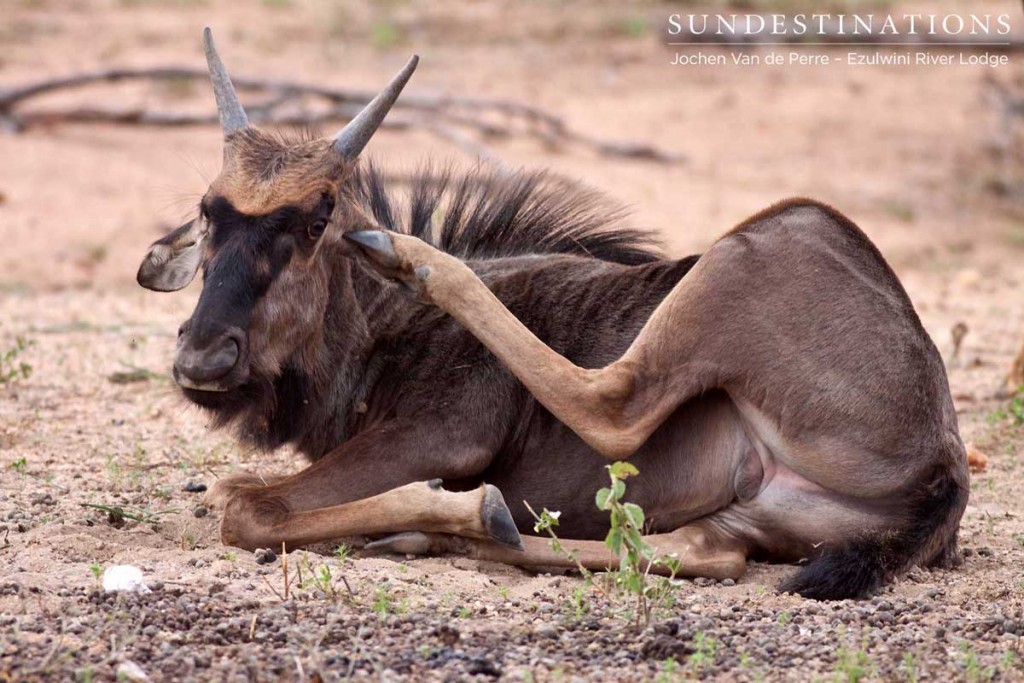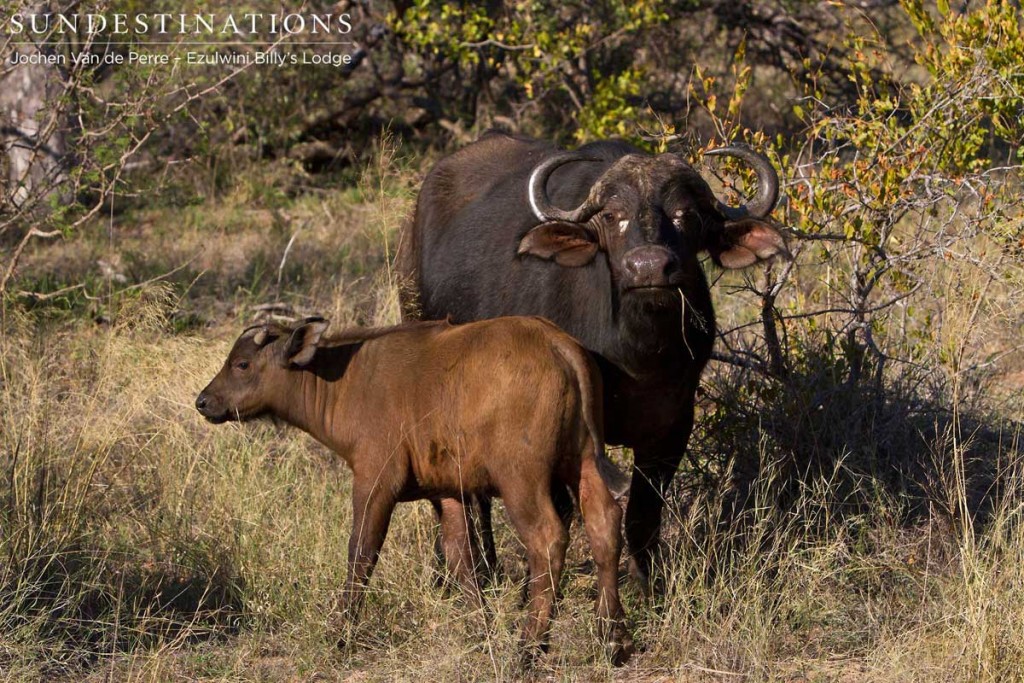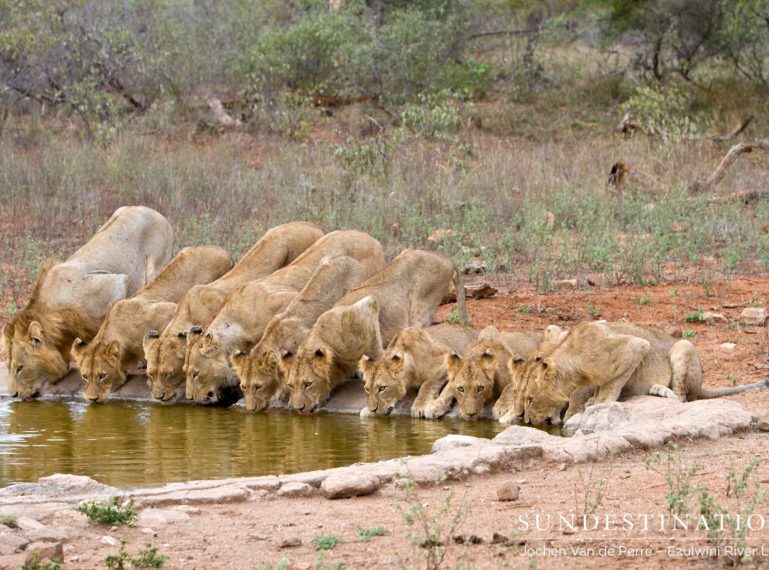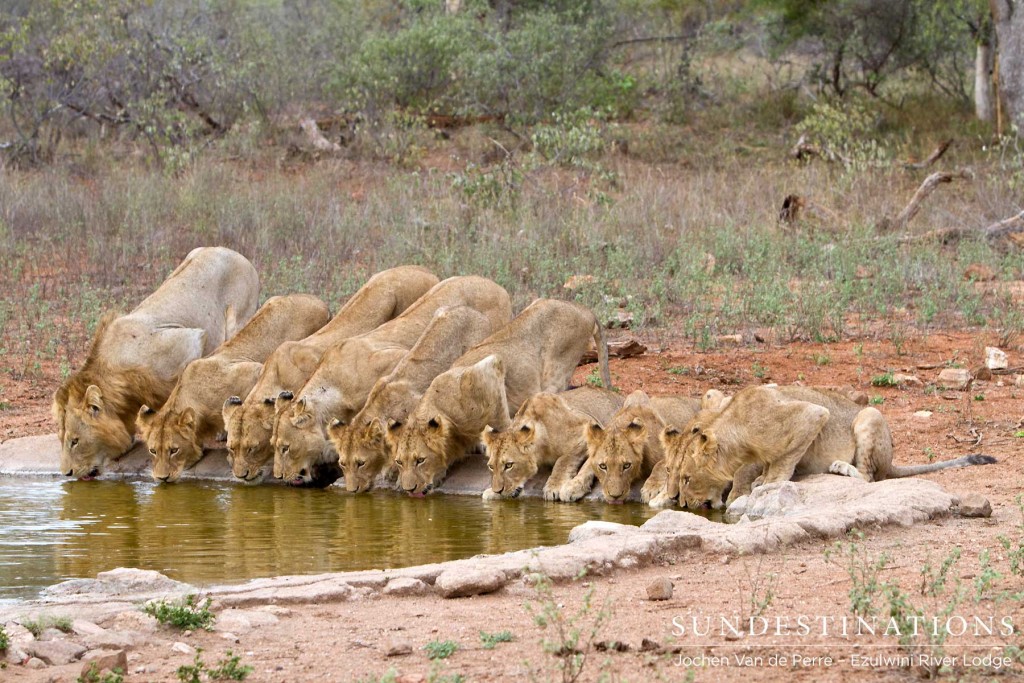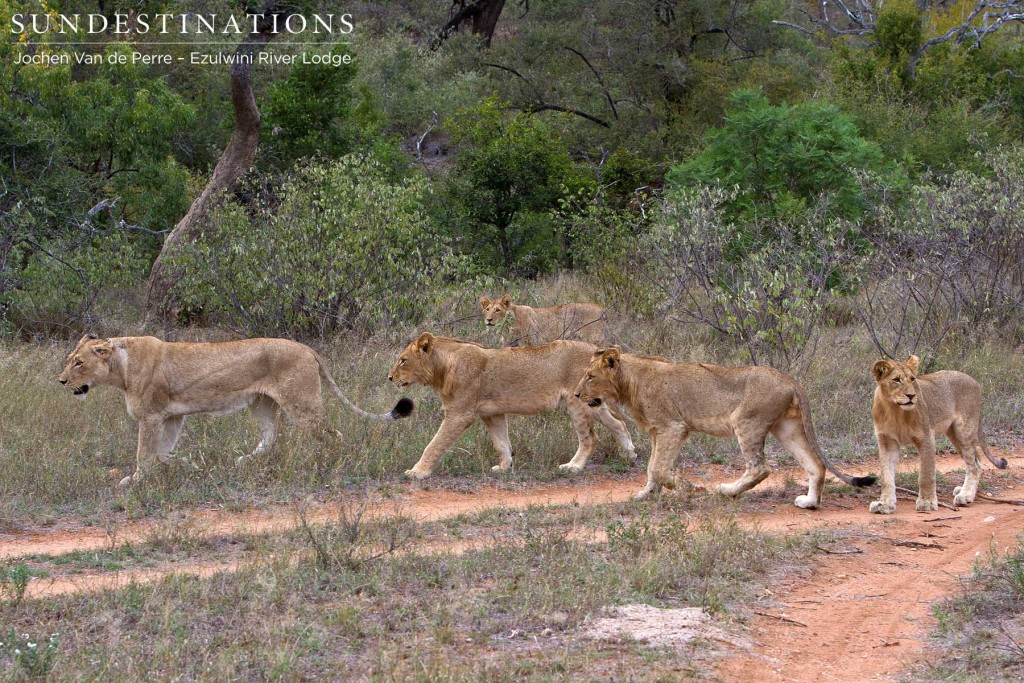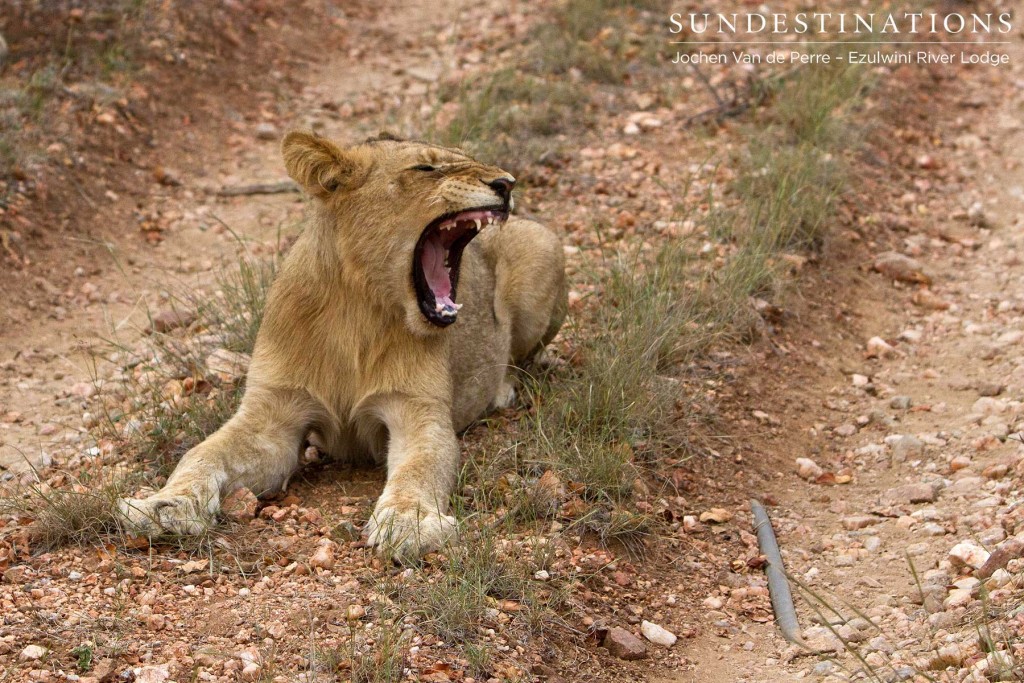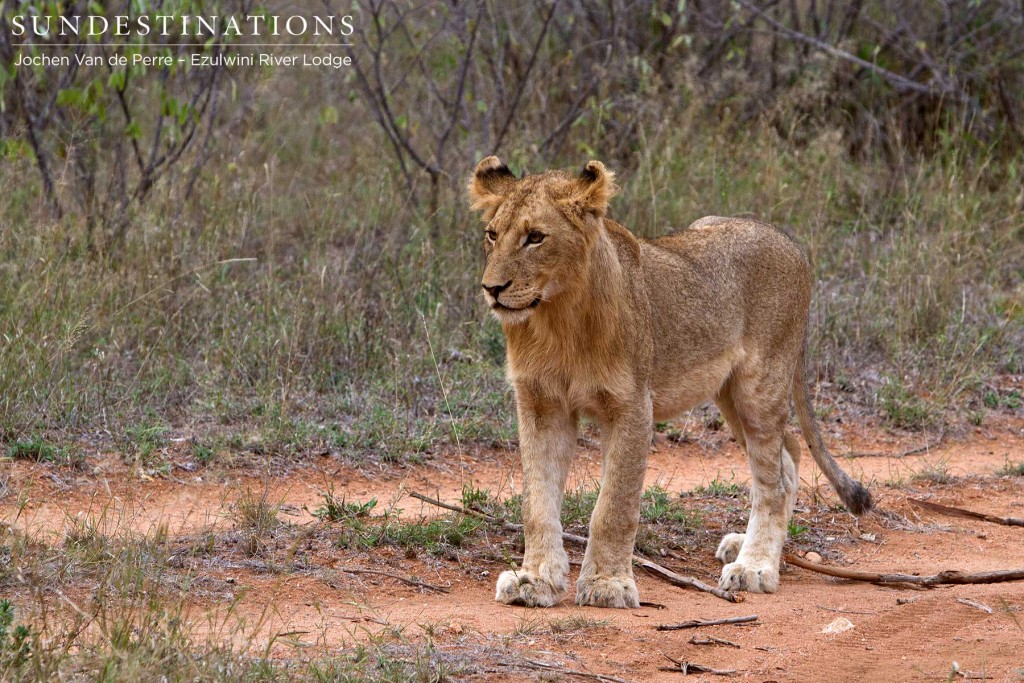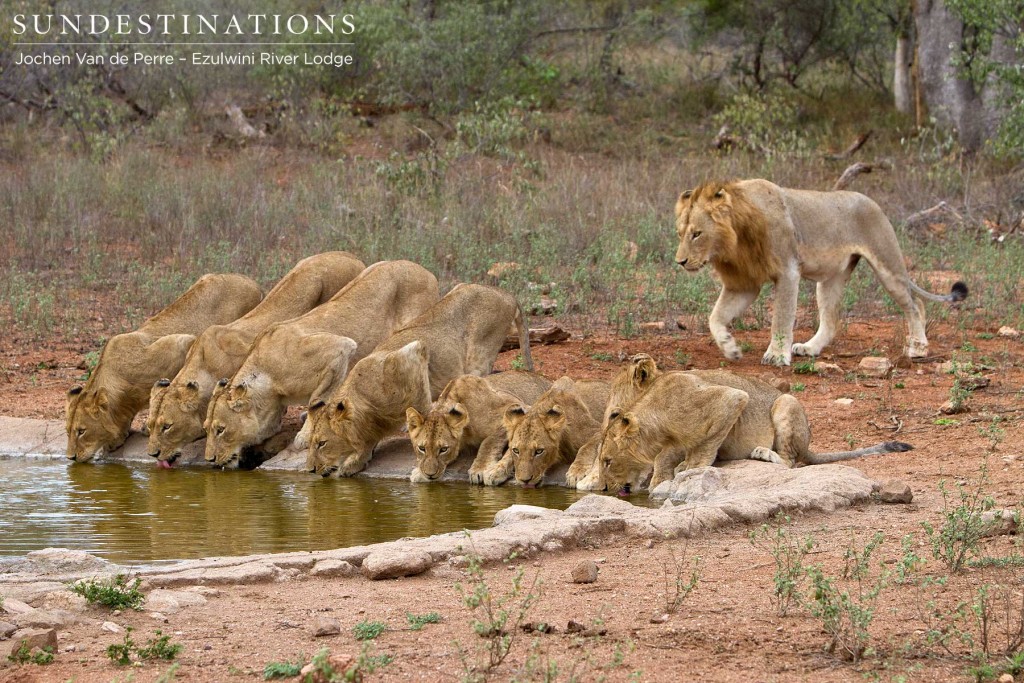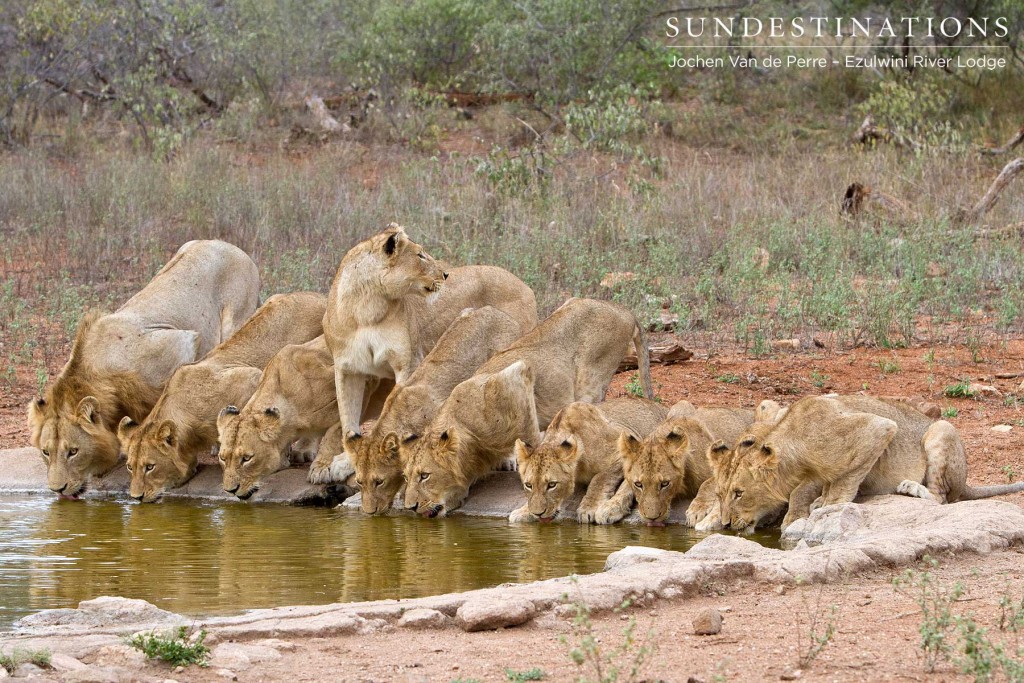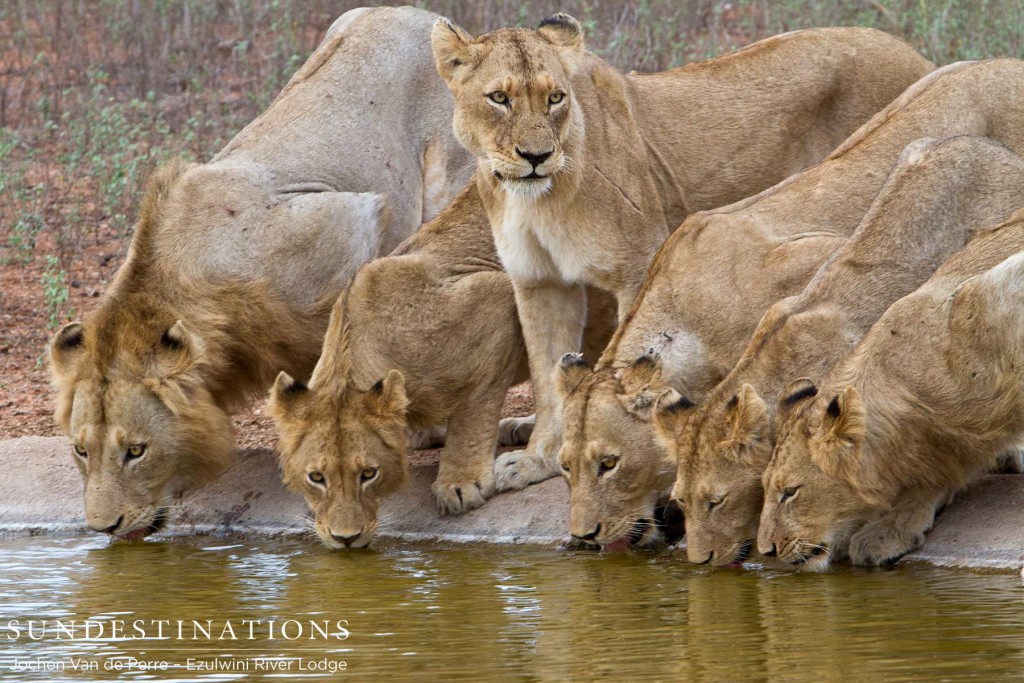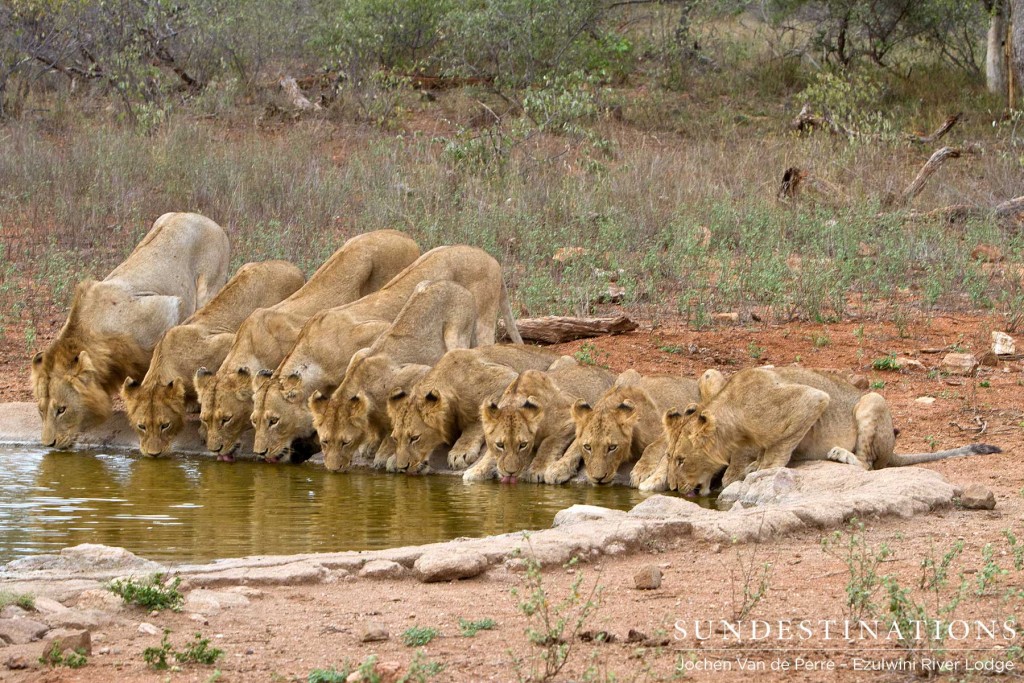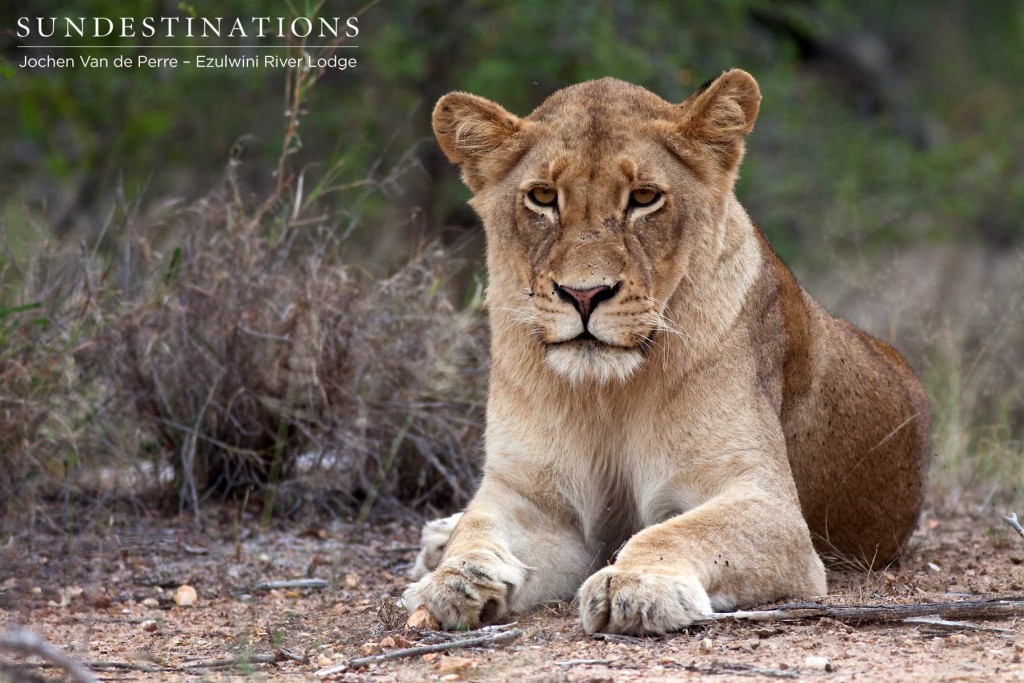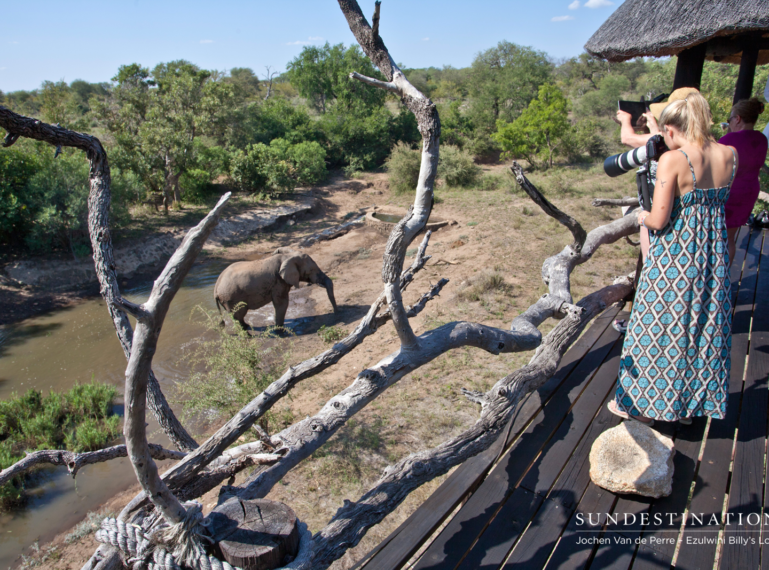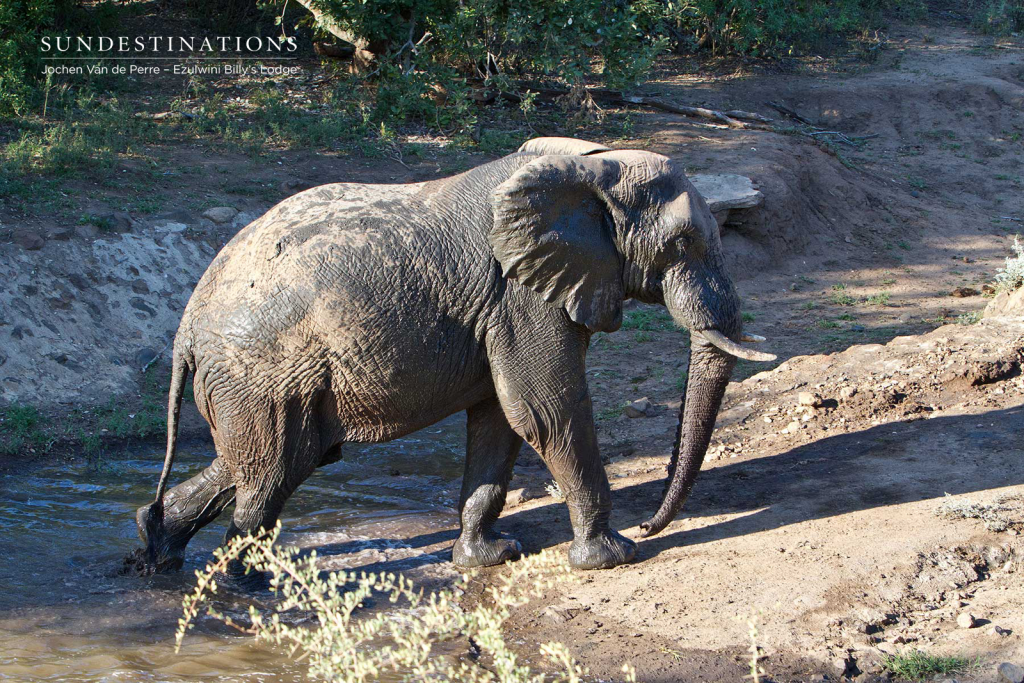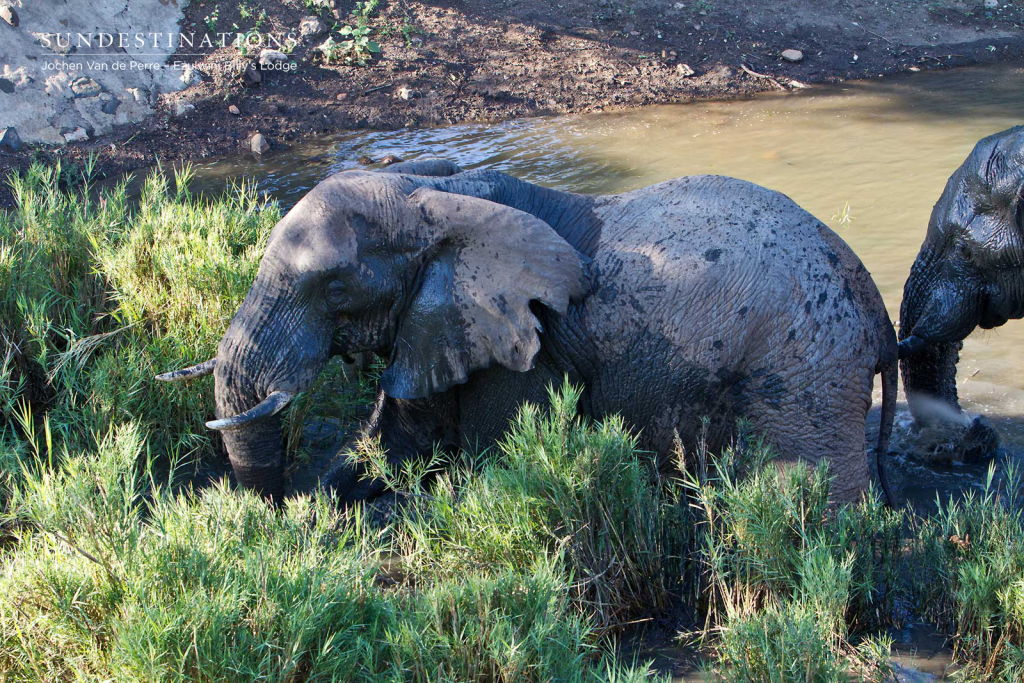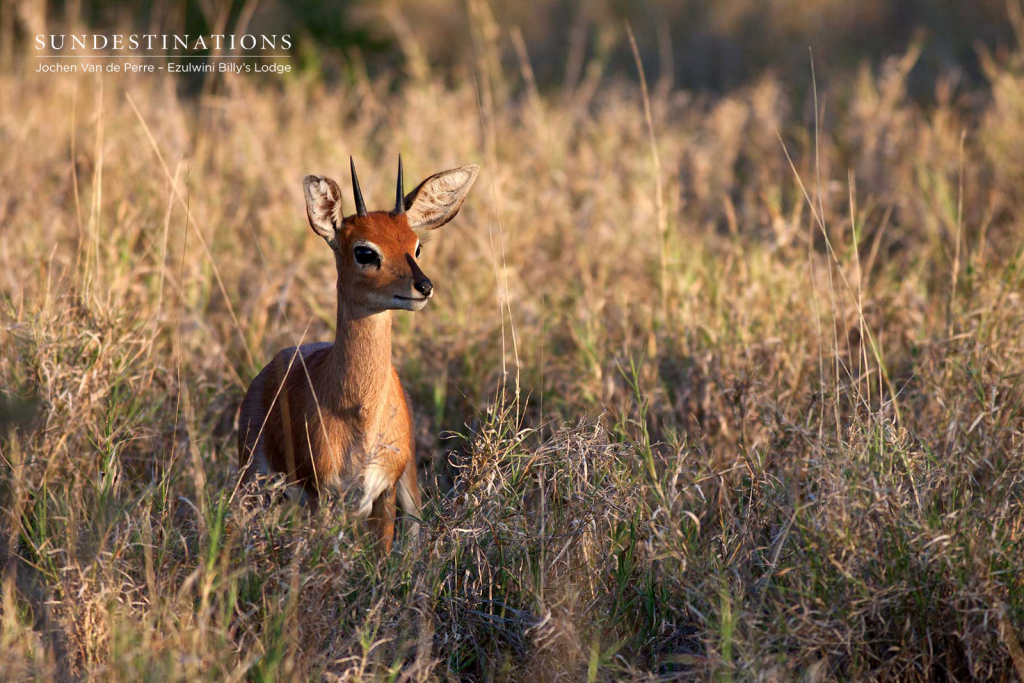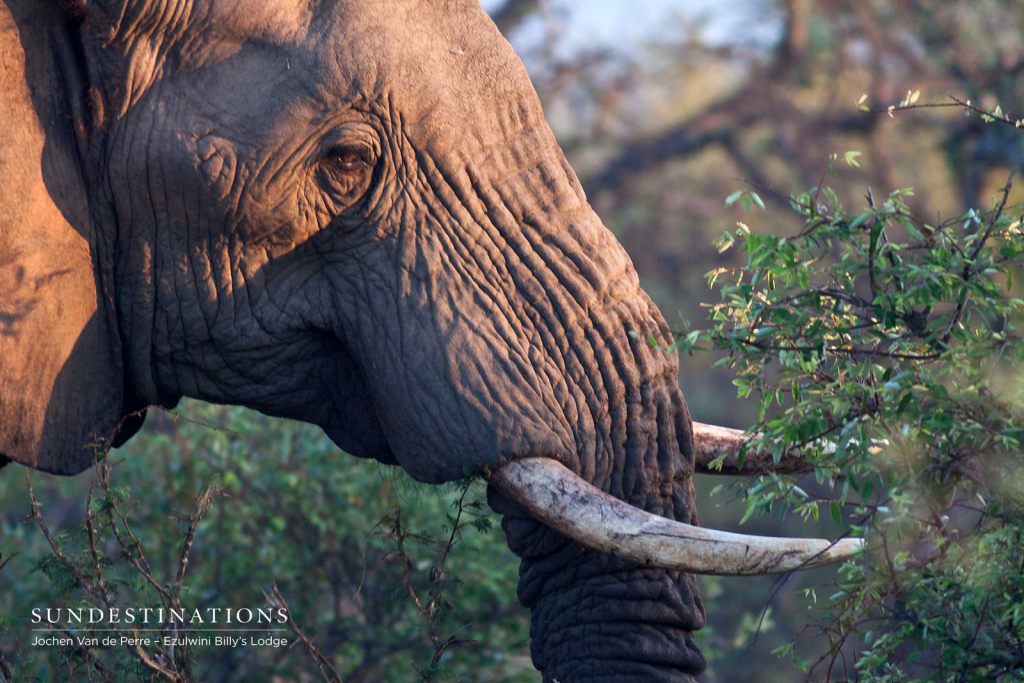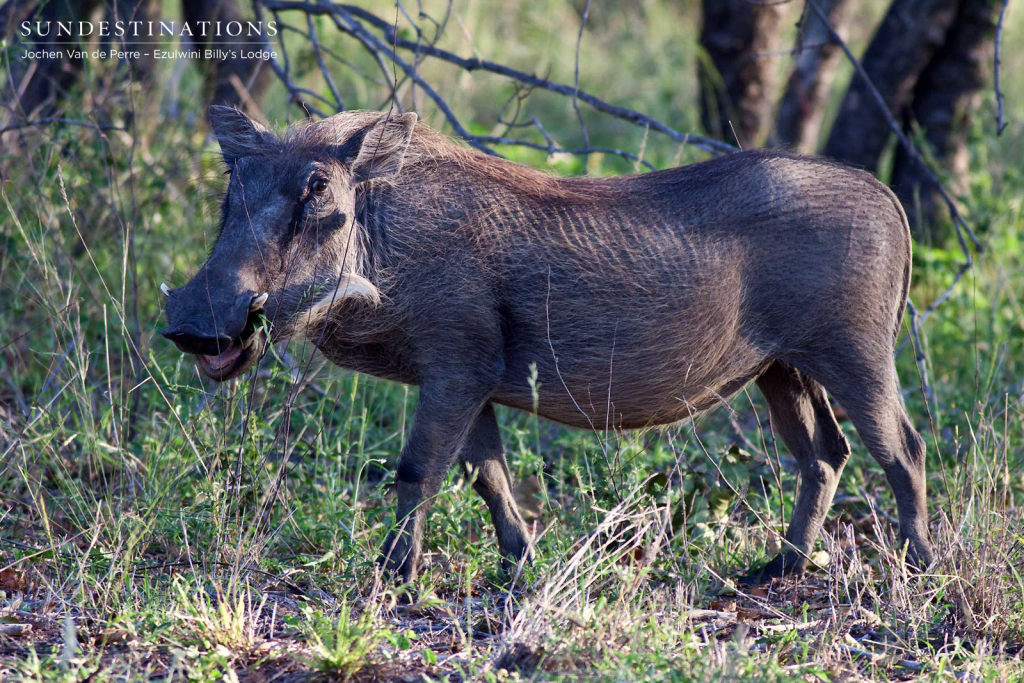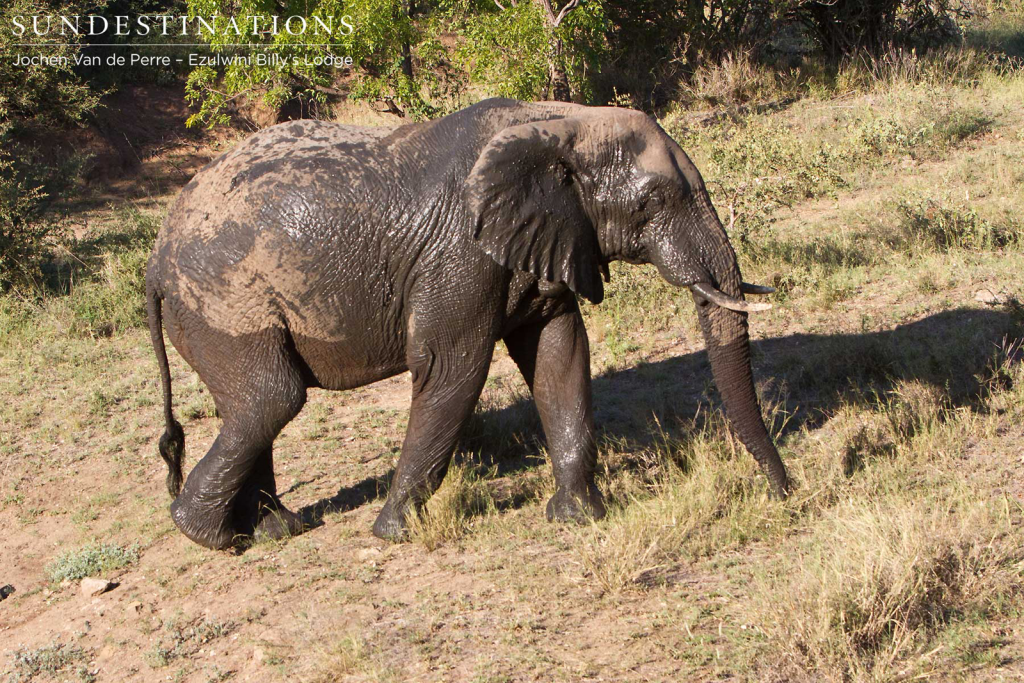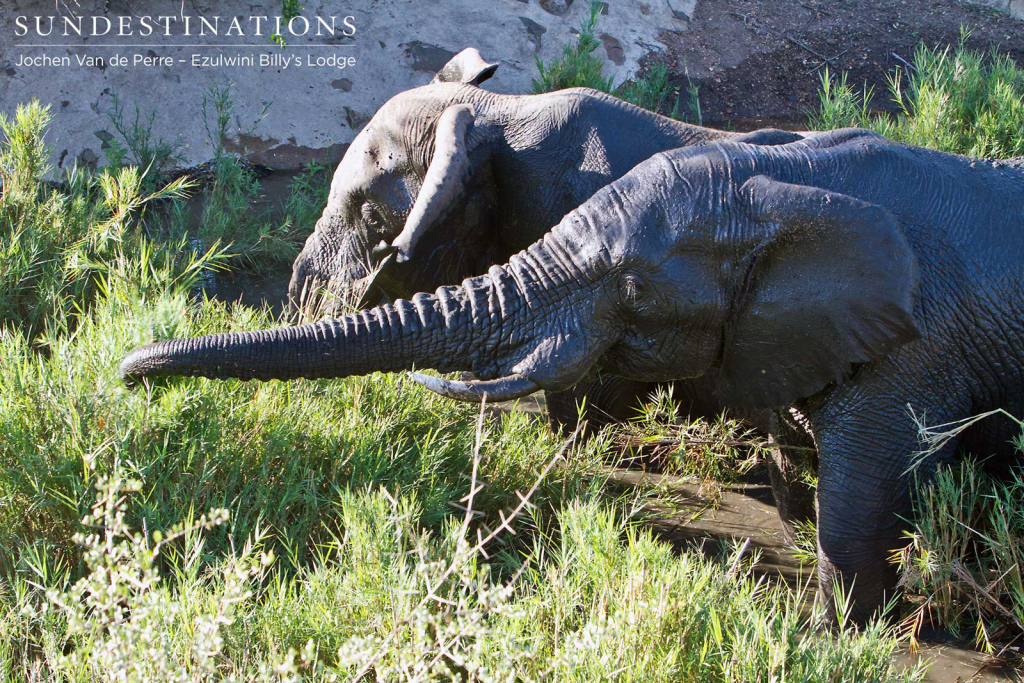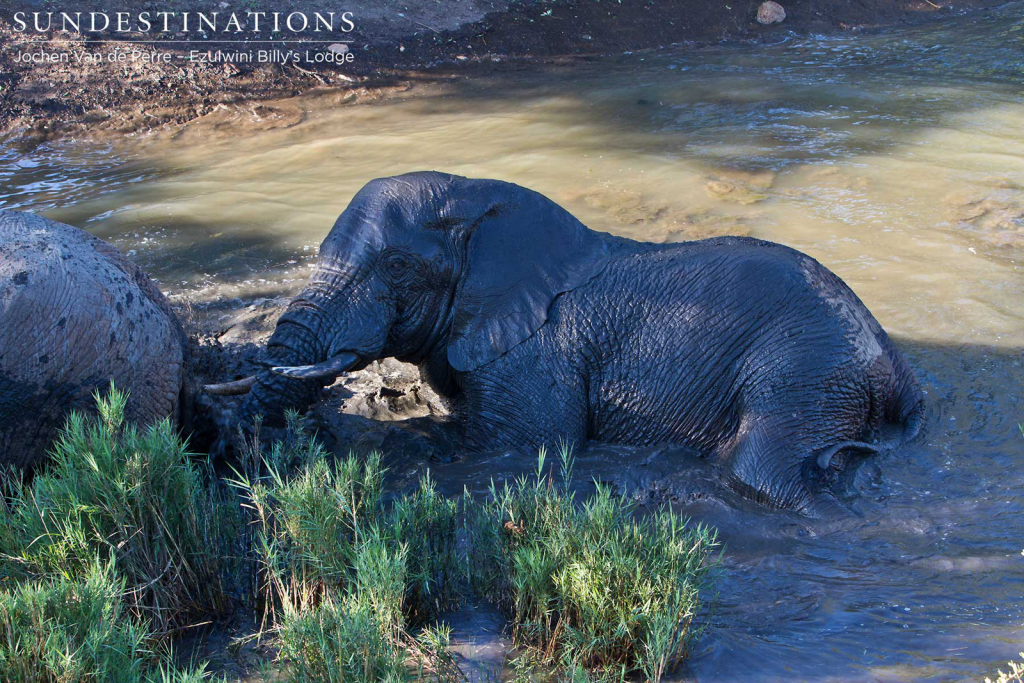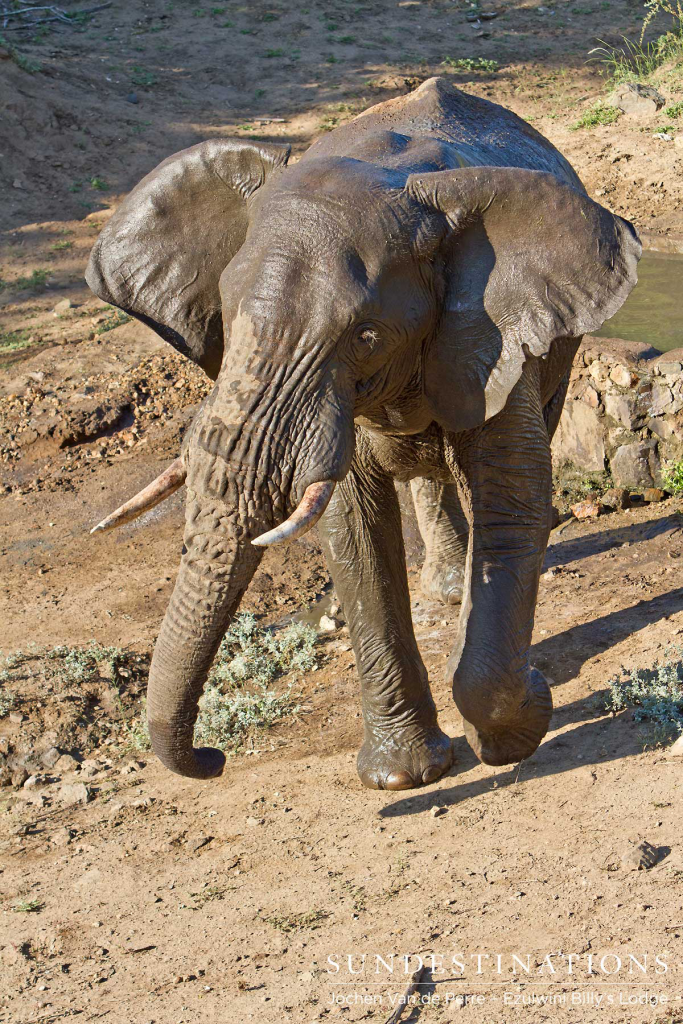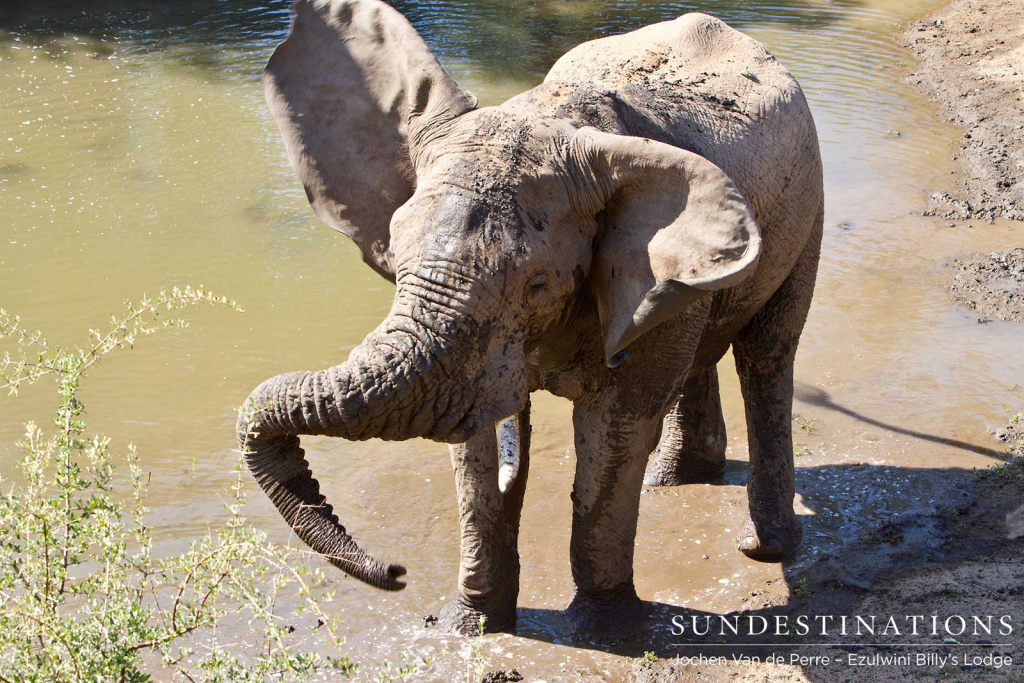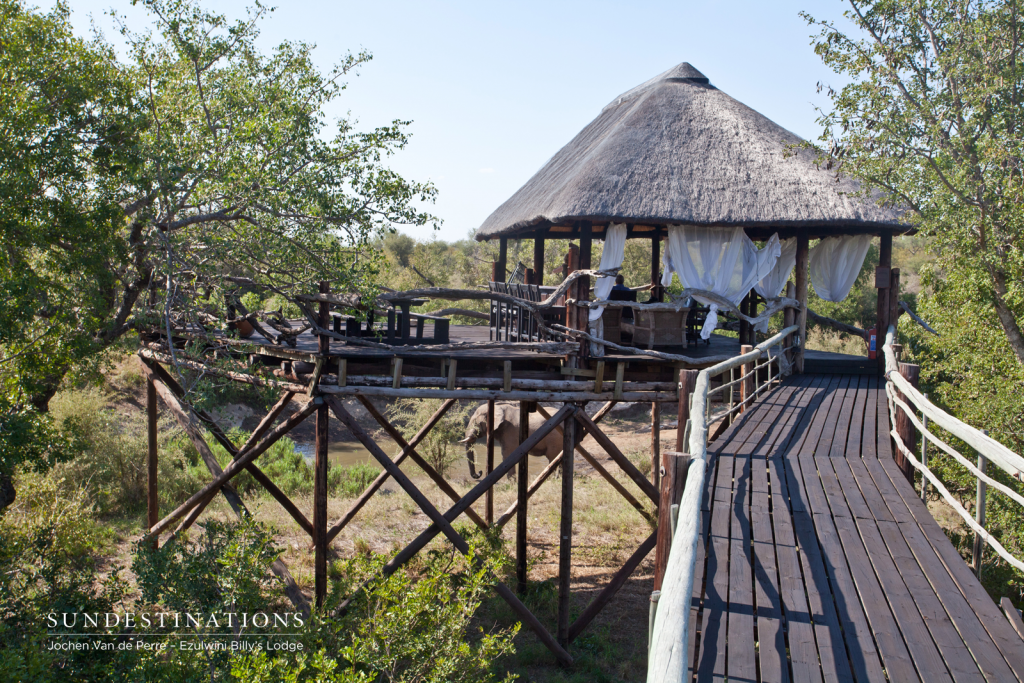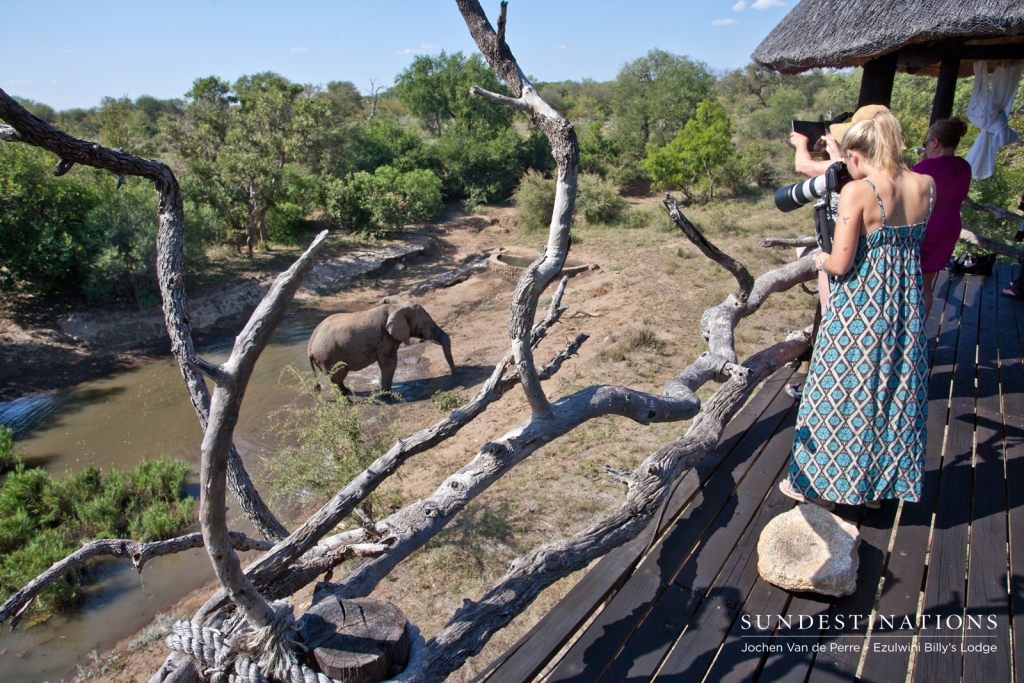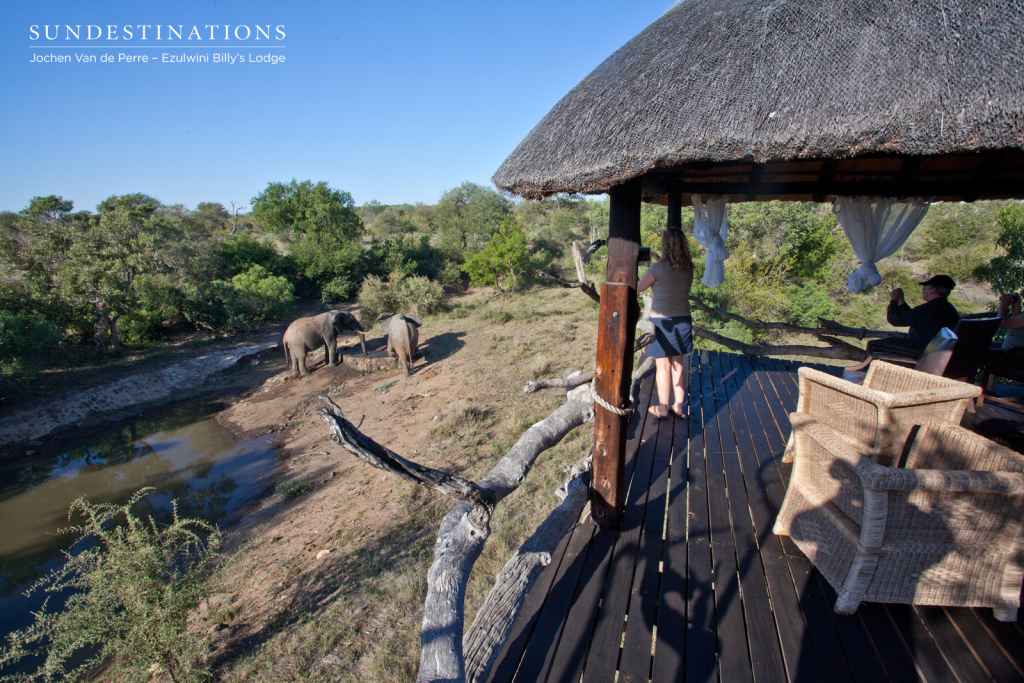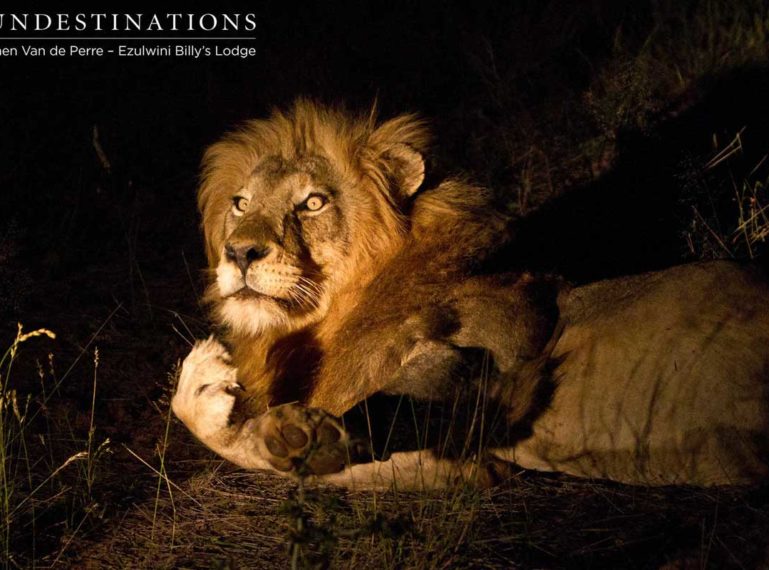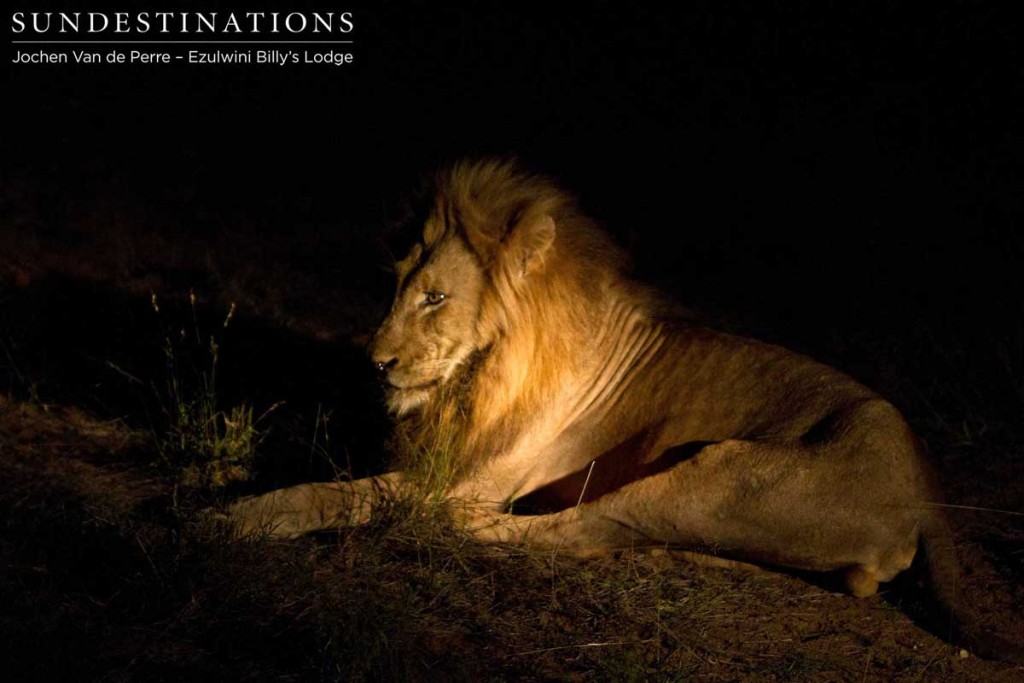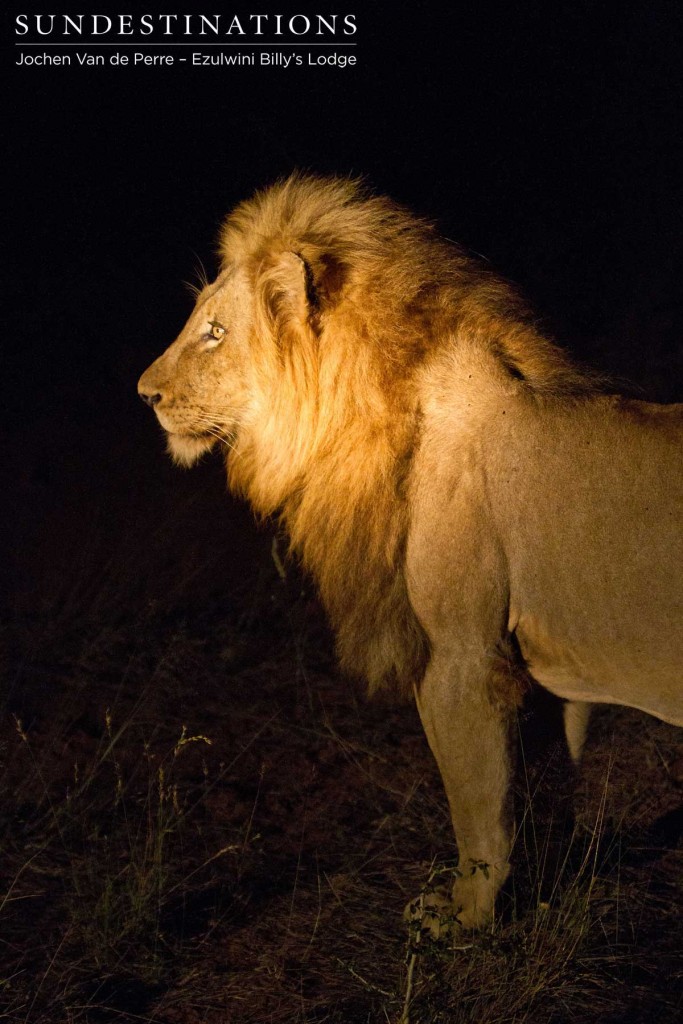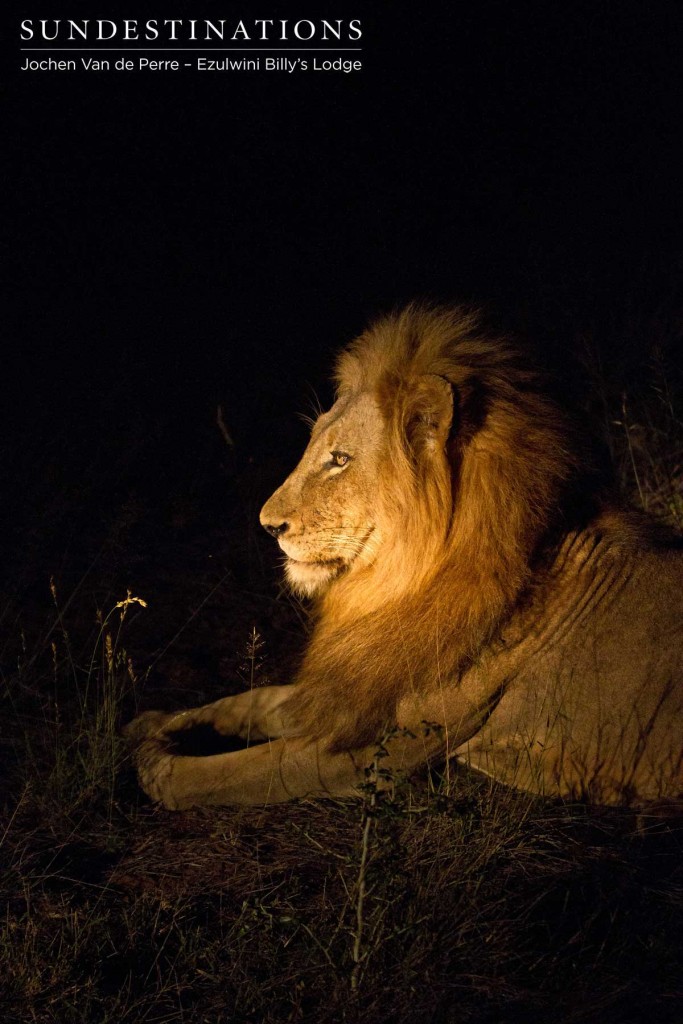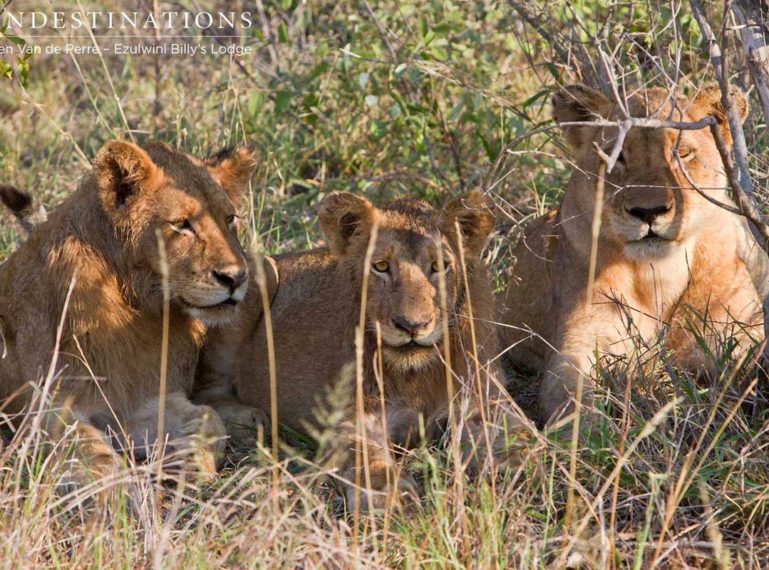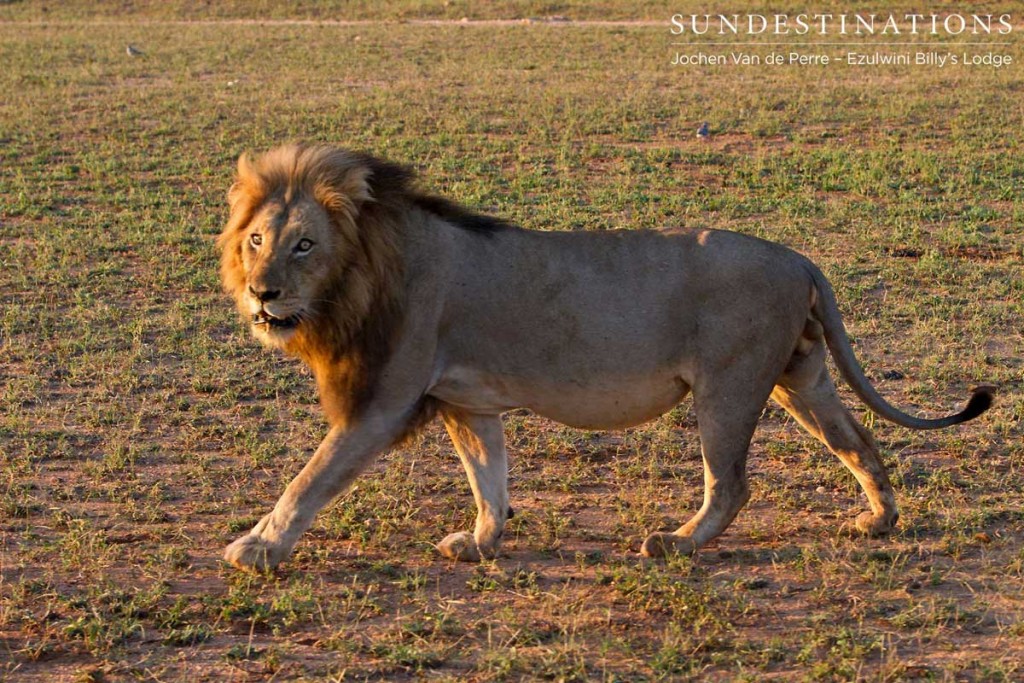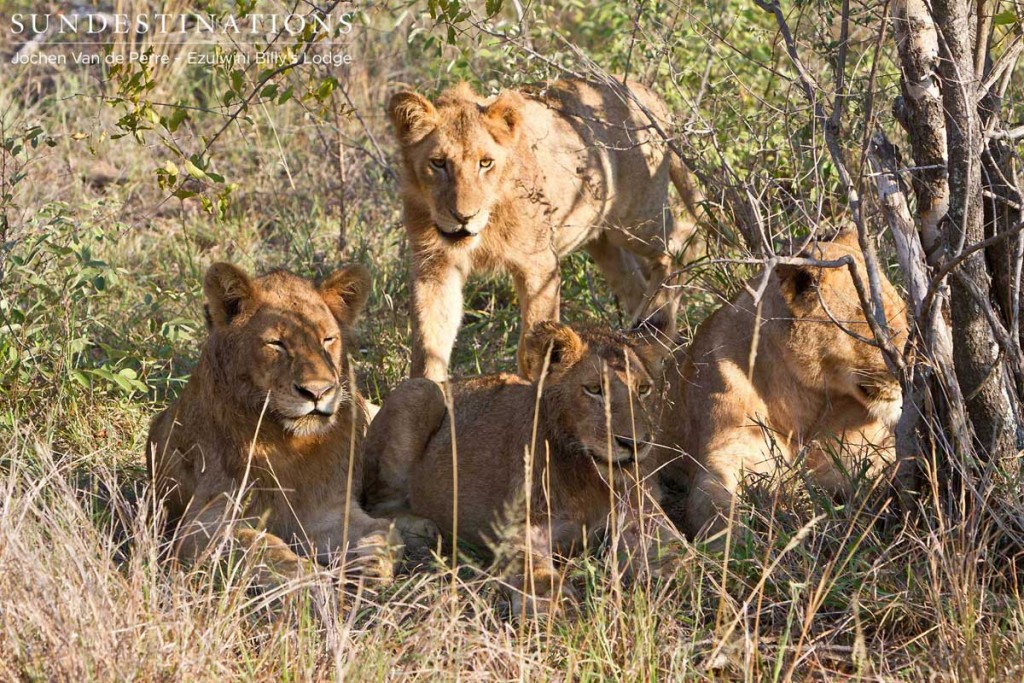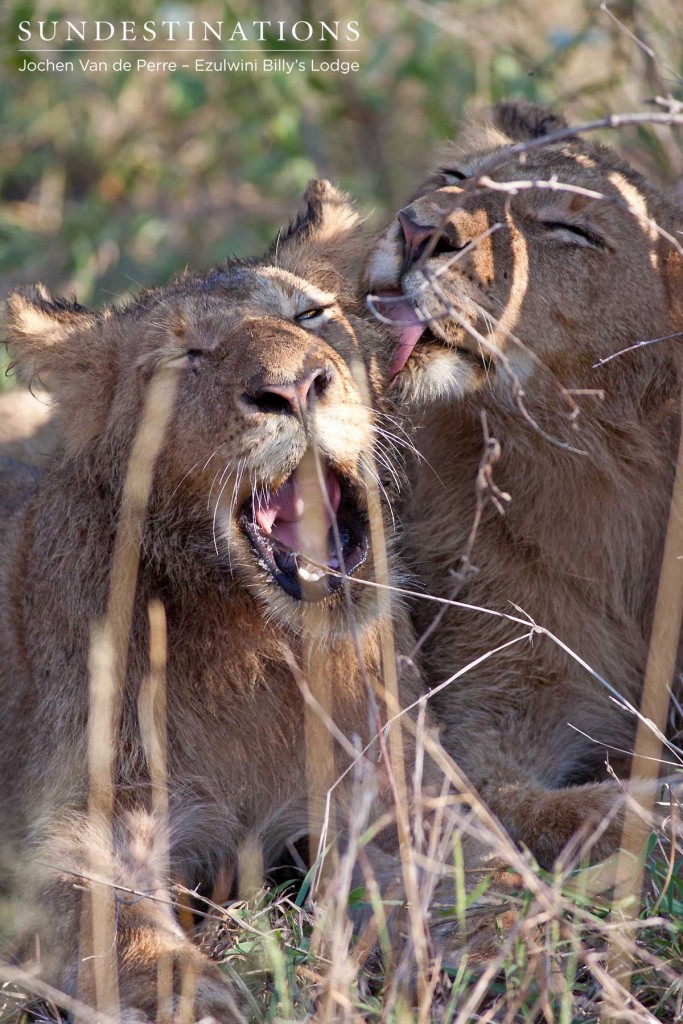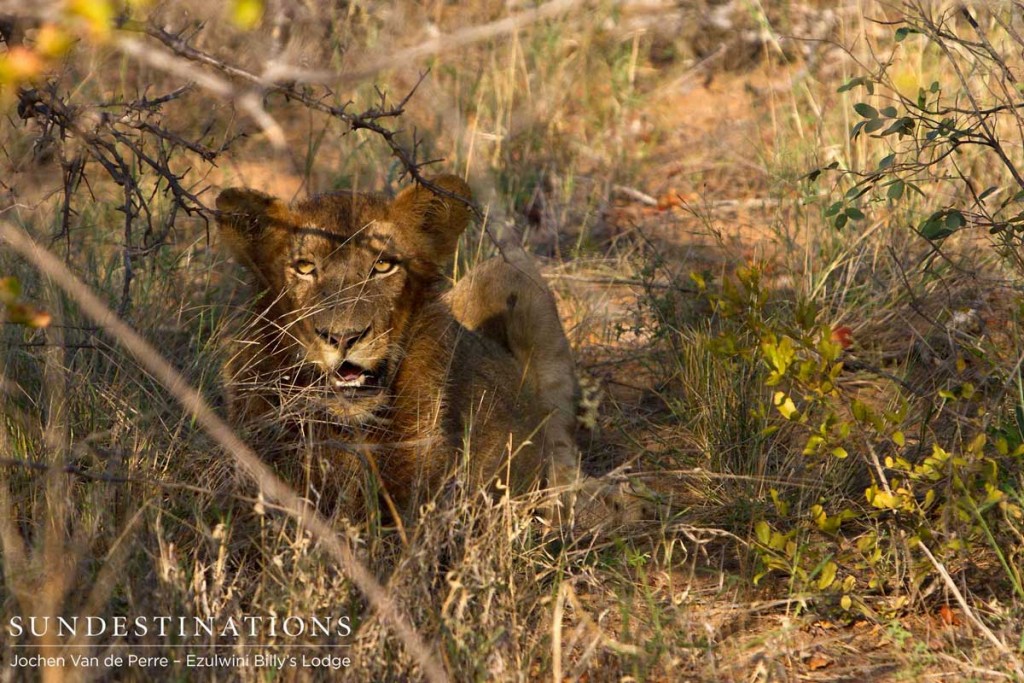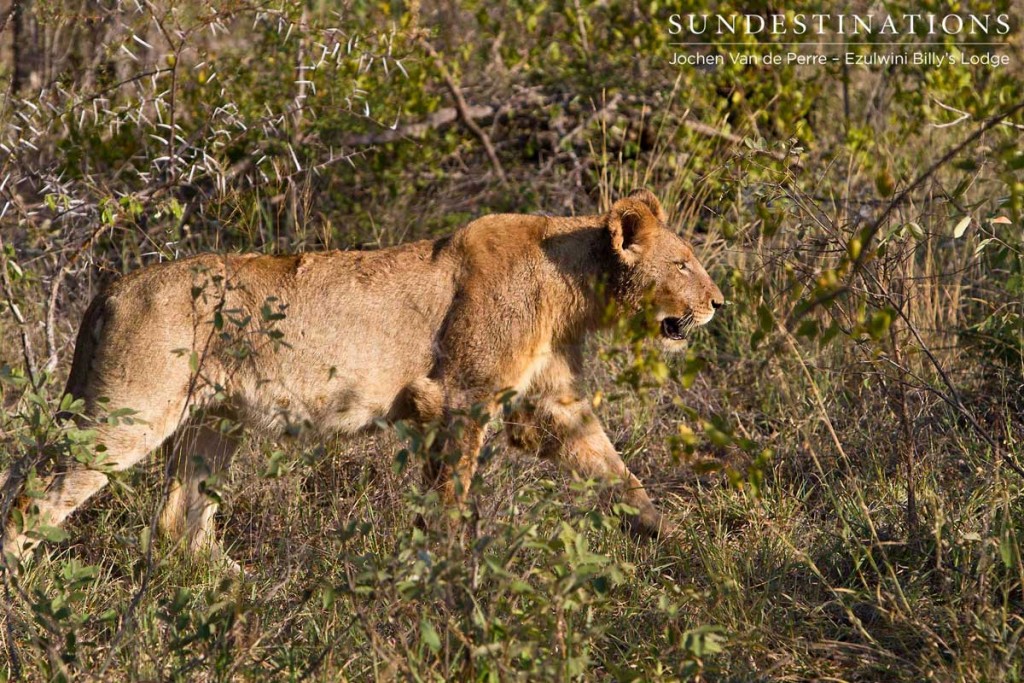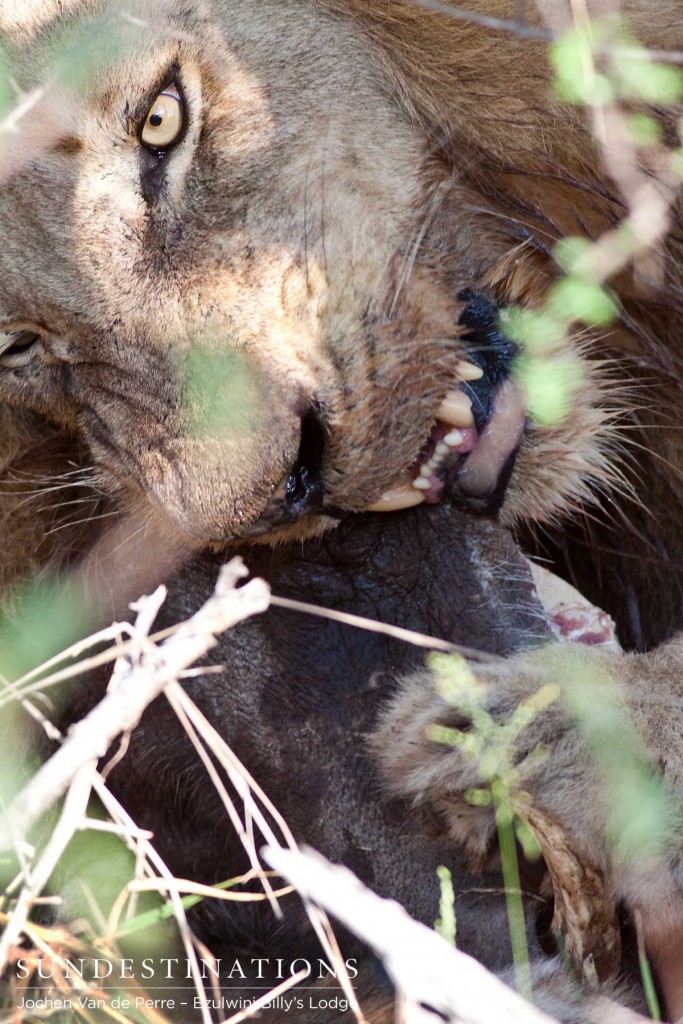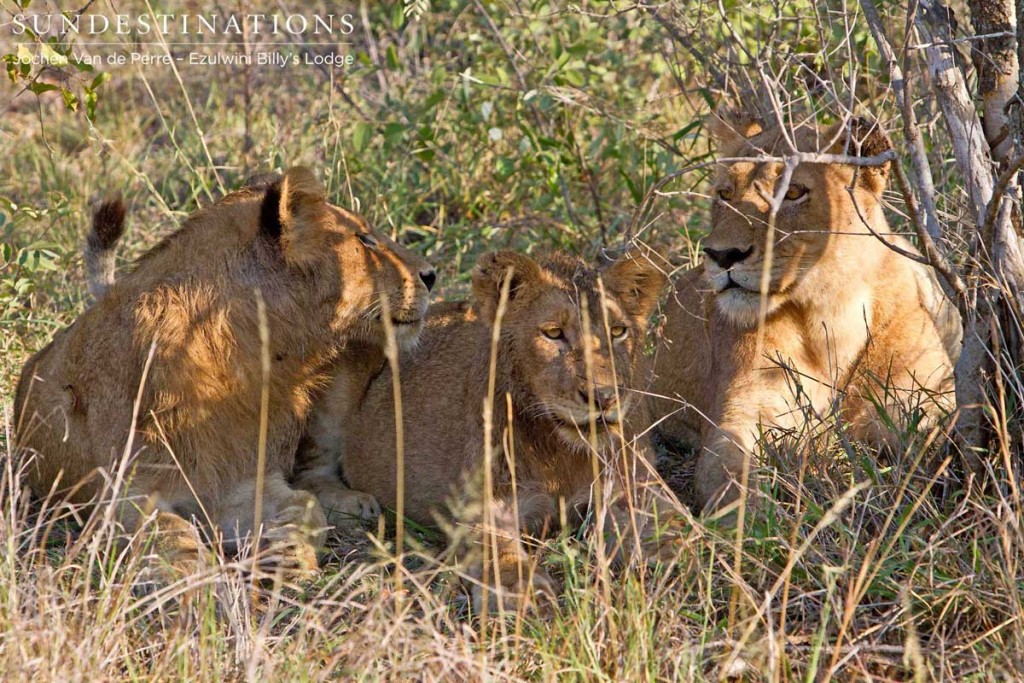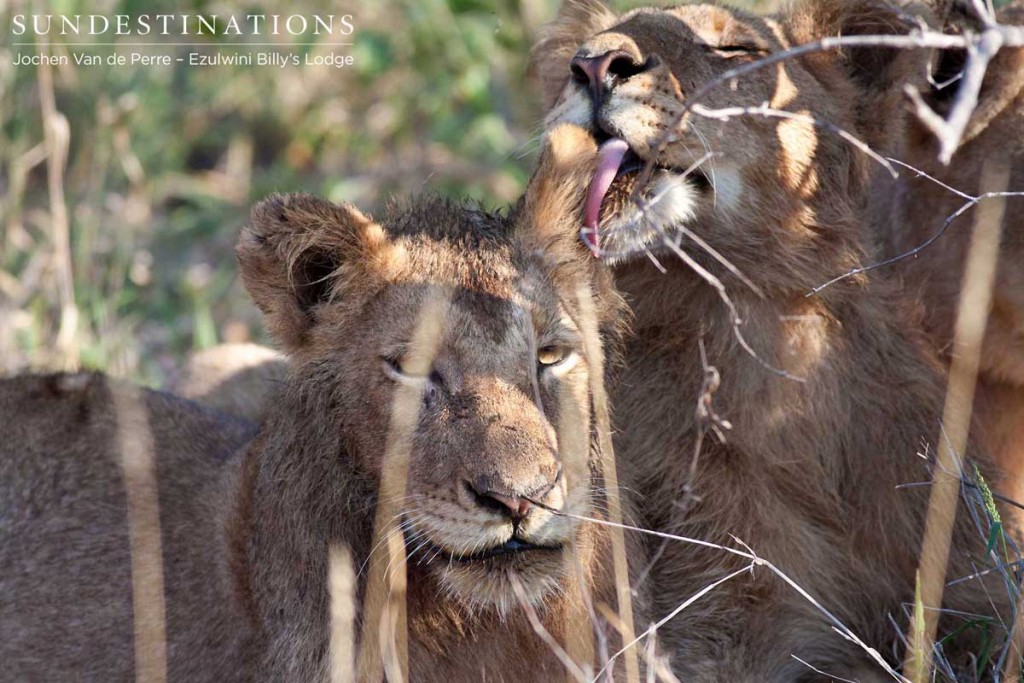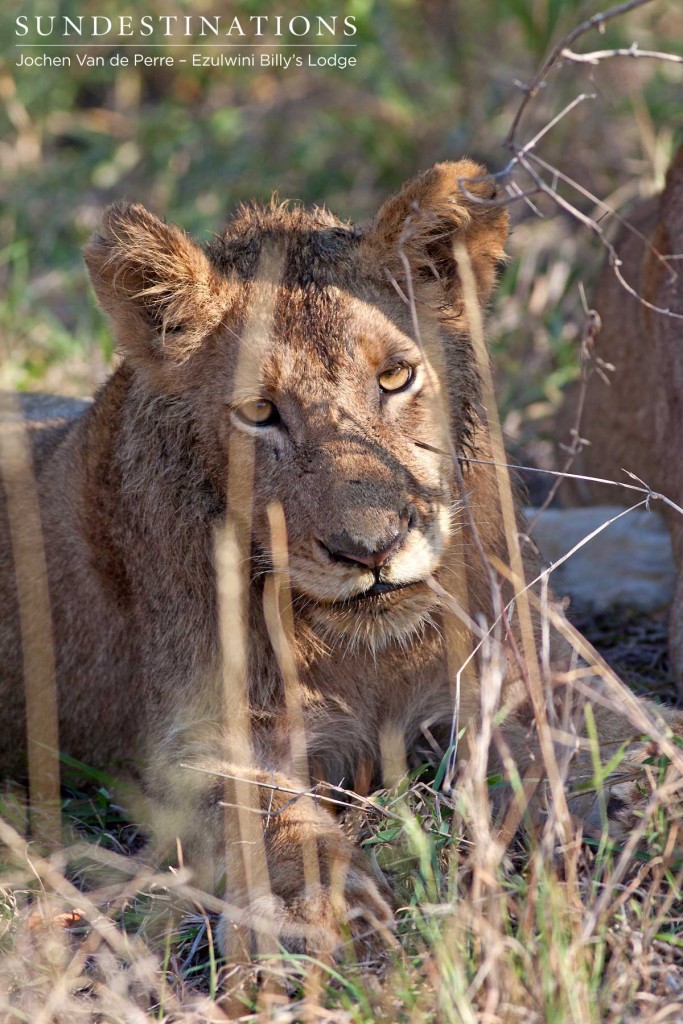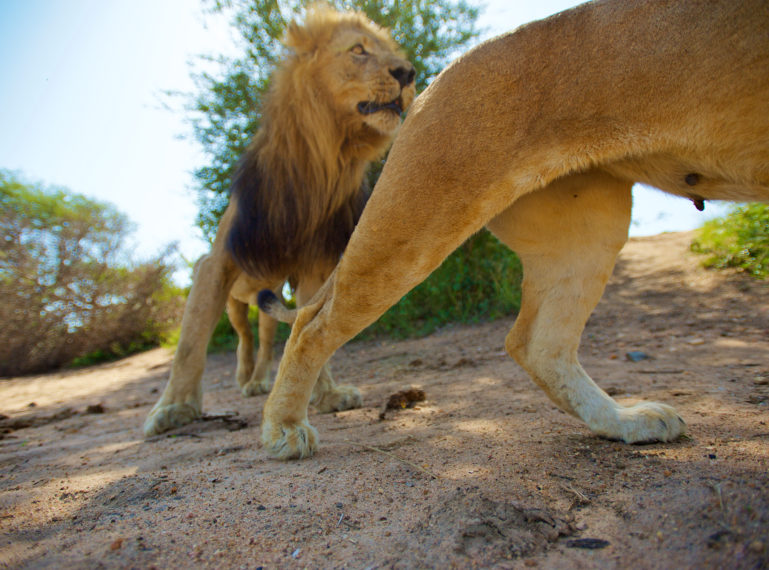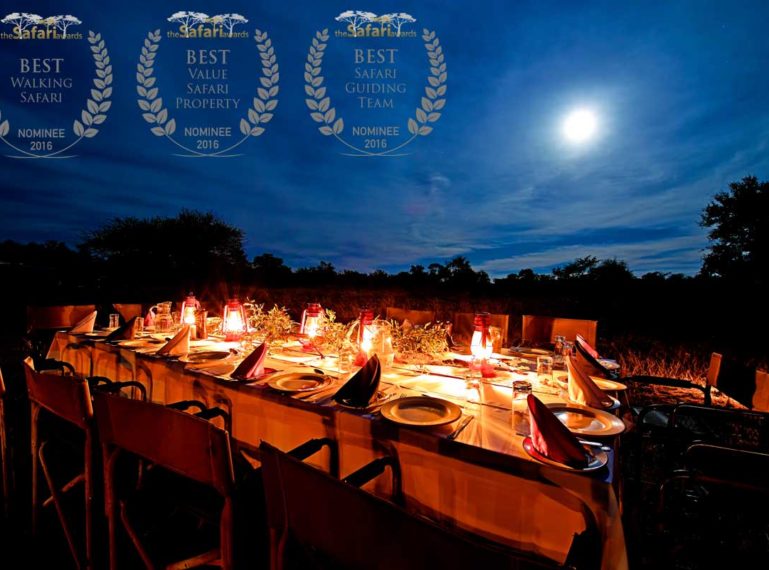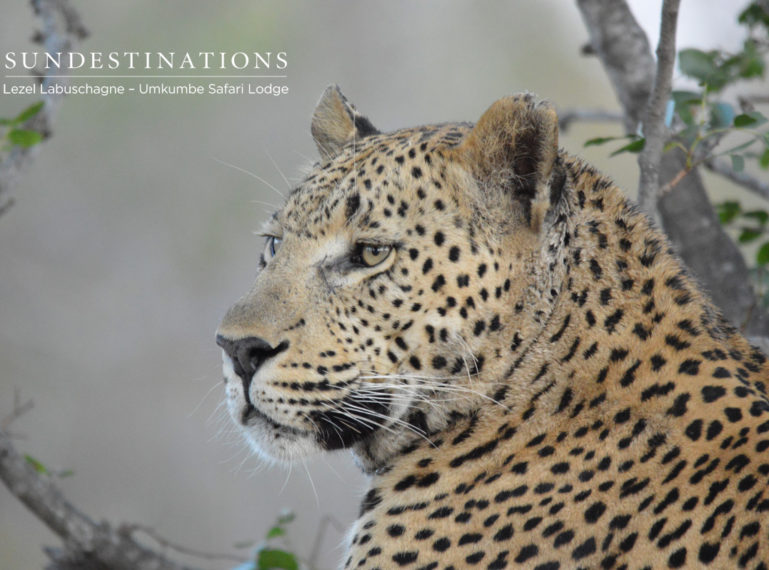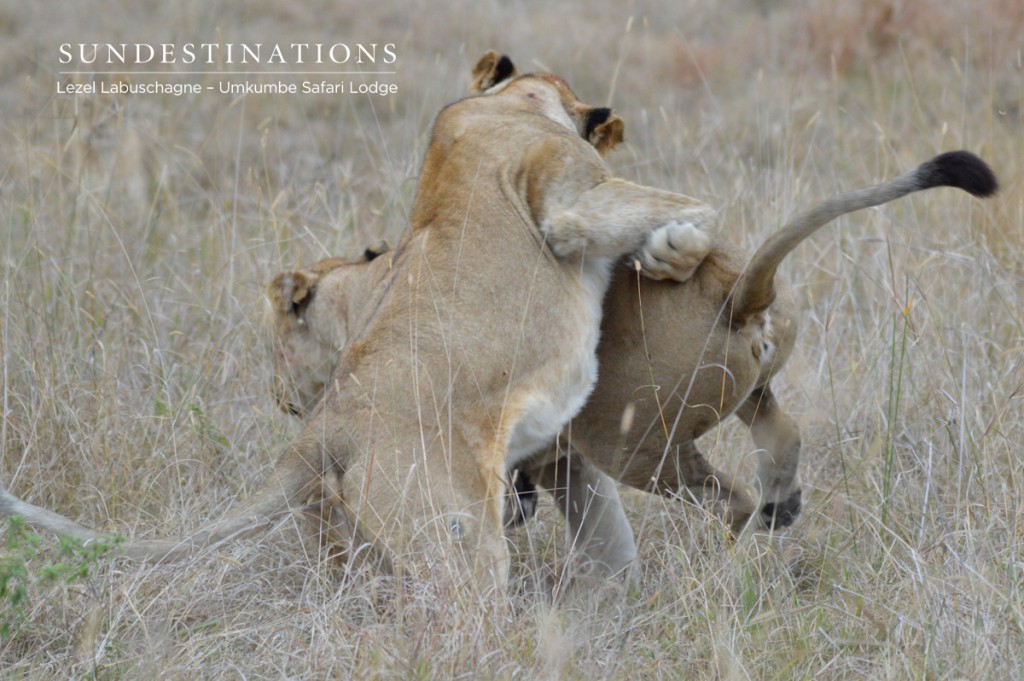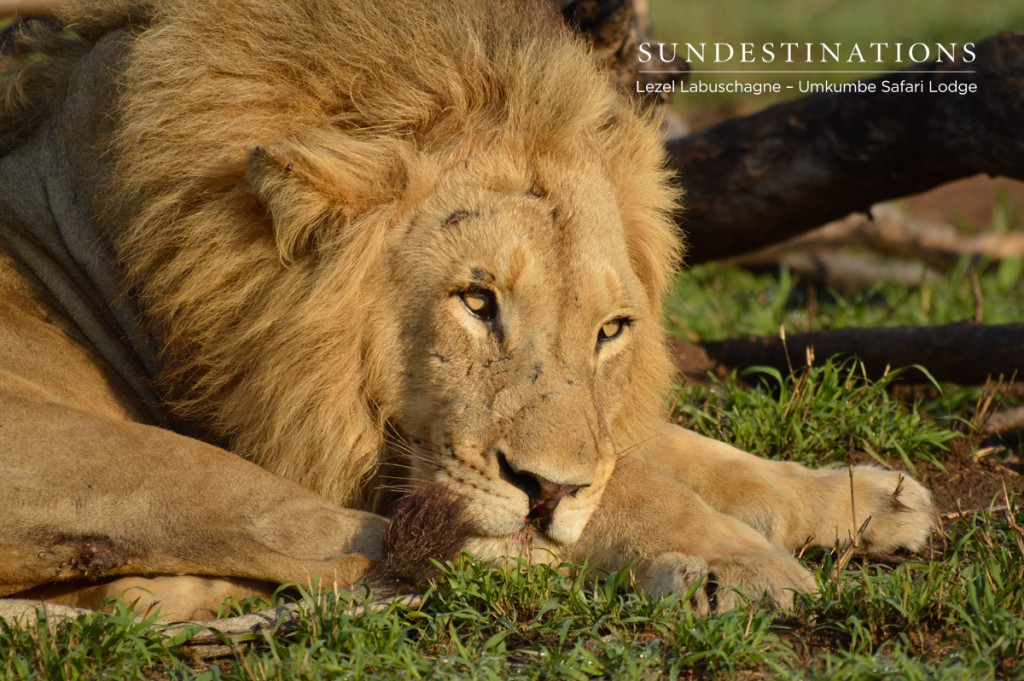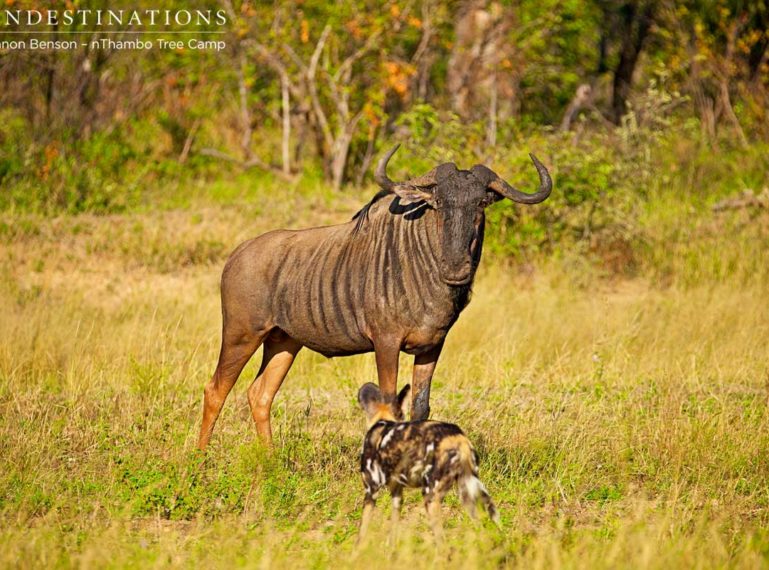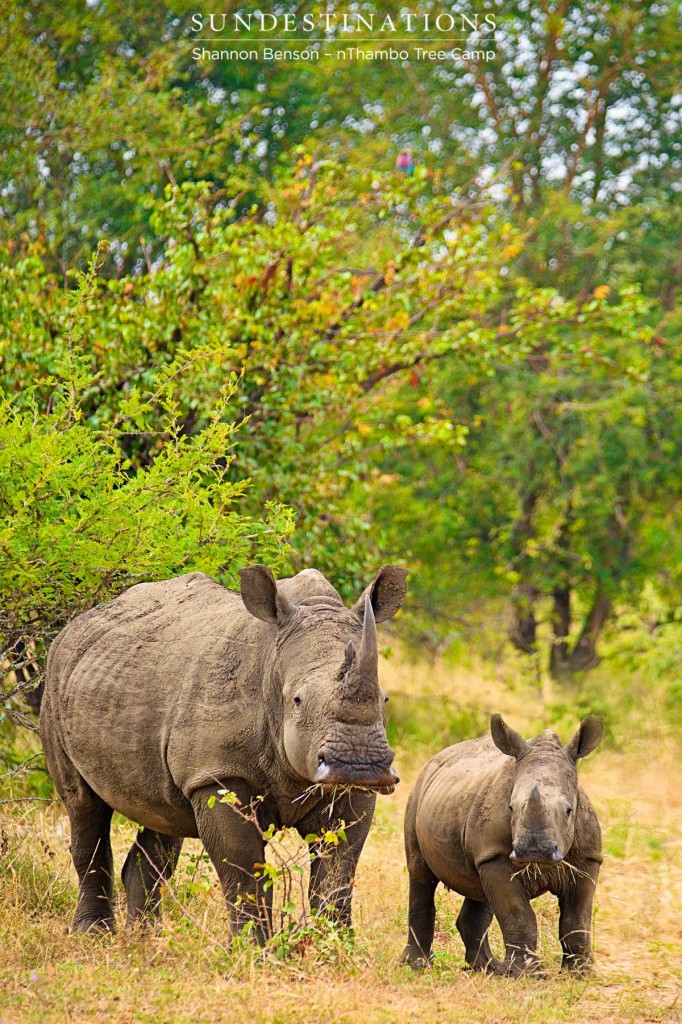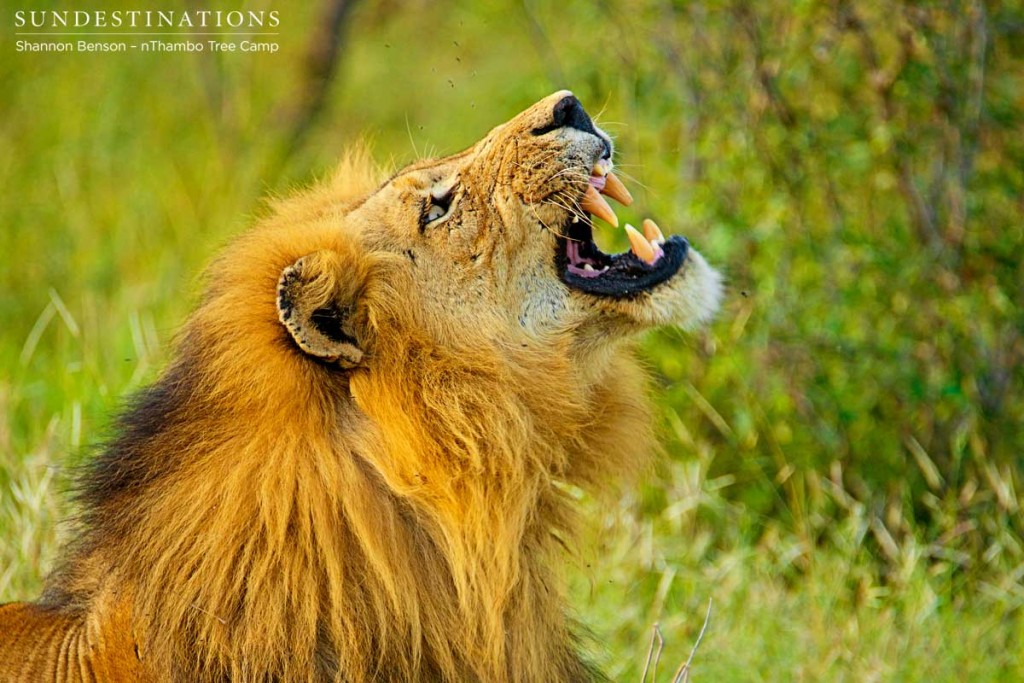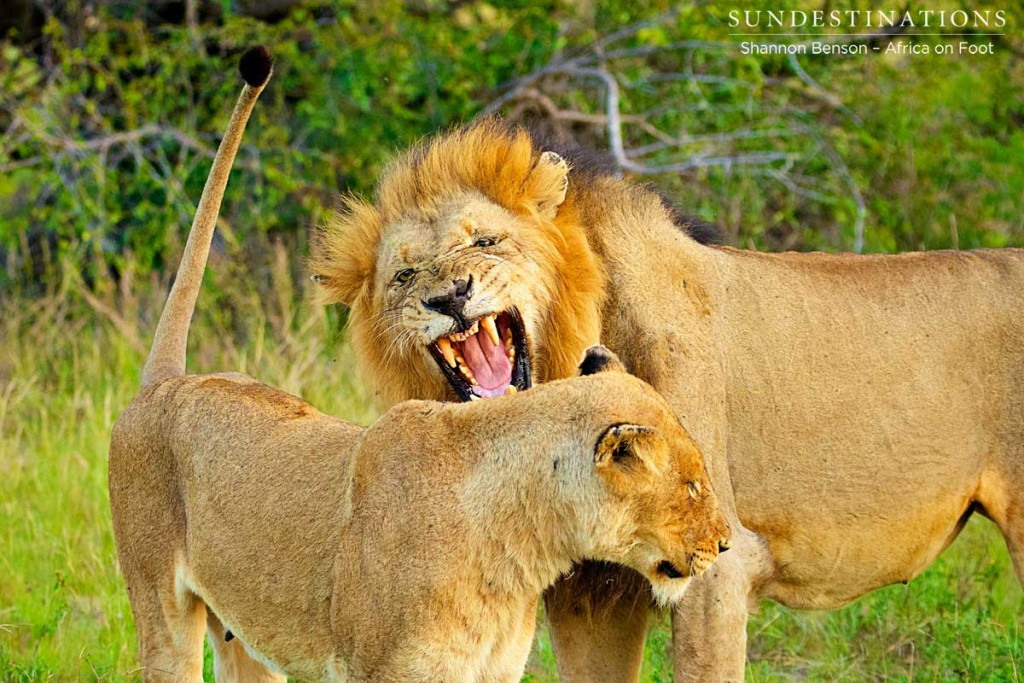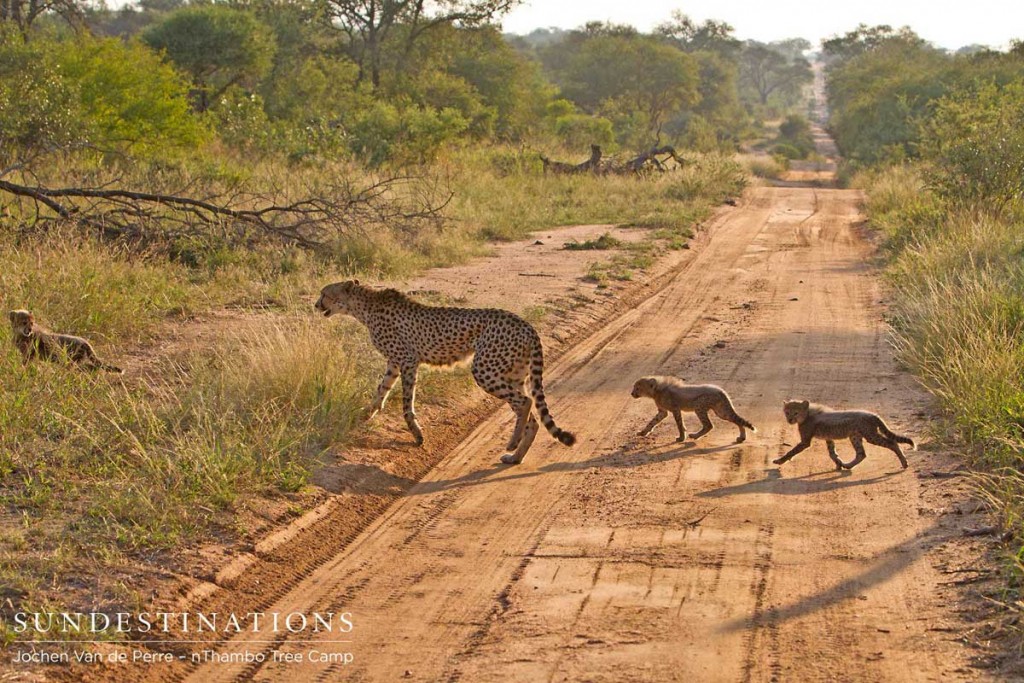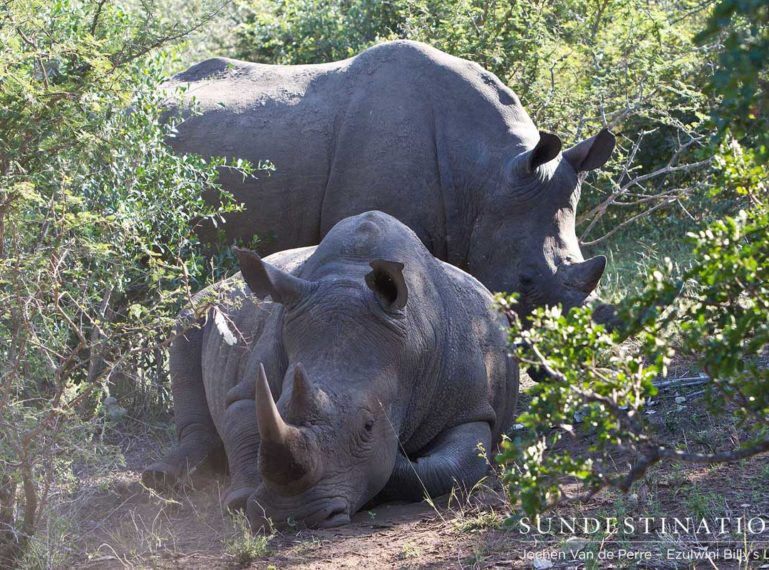
Safari Highlights: 3 Days at Ezulwini
It’s certainly been a whirlwind 3 days at Ezulwini game lodges in the Balule. This unfenced reserve of the Greater Kruger has an unbelievable capacity of game, and guests have just had a string of superb sightings, from an epic lion pride, to elephants rolling in the mud, to a leopard stalking impala, and a precious fleeting moment with a black rhino. Ezulwini Billy’s Lodge and River Lodge explore this highly vegetated reserve home to an abundance of general game, while dodging crocodiles and hippo along the banks of the Olifants River. This is a summary of what has gone down on game drive, giving guests a true wildlife safari experience.
Sightings of the legendary Olifants West lions have occurred on almost every drive! The pride split a few years back when the old leader died a few days after a debilitating fight with his 2 sons and a buffalo hunt gone wrong. Big Boy’s death made way for Duma and his brother to take over, but when Duma’s brother left and took half of the pride lionesses with him, the Olifants West pride became fragmented. Each half is 13 lions strong now, and holding a strong presence in the Balule. The OW Split pride has been hanging around the last couple of days.
The fleeting presence of two very special creatures made the wildlife experience at Ezulwini that much more impressive and memorable. If anyone is wondering where the term ‘leopard crawl’ came from, this is it. A leopard was spotted on the road at night crawling on its haunches, keeping as low to the ground as possible. Guests watched as the leopard stalked impala, but soon after lost vision when it moved into thick bush.
Another astonishing moment was when the critically endangered black rhino crossed the path of the game viewer before disappearing into the bush. Much shier and more aggressive than the white rhino, this elusive creature was a rare treat. With the current status of the plummeting white rhino population due to poaching, it is an honour and a pleasure to enjoy seeing them in their natural environment.
The dead of night was lit by an incredible full moon, which adds such a sense of mystical beauty to a night on safari. Illuminating the sky and blacking out most of the stars, the state of the moon was domineering, and so very photogenic. Genets, jackals, hyenas, and bush babies were spotted in the vehicle’s headlights before scampering into the bush, while a pearl-spotted owlet sat on a branch out in the open and sang its ascending-then-descending whistle into the night.
Day time at Billy’s Lodge can be spent at the viewing platform decked with couches and books about wildlife, while your very own show of mud-bathing elephants takes place at the waterhole before you. There have been some epic sightings at this waterhole over the years that one is almost tempted to camp out at the deck overnight to witness something for themselves… but the story of the epic lion battle that took place there might scare you…
